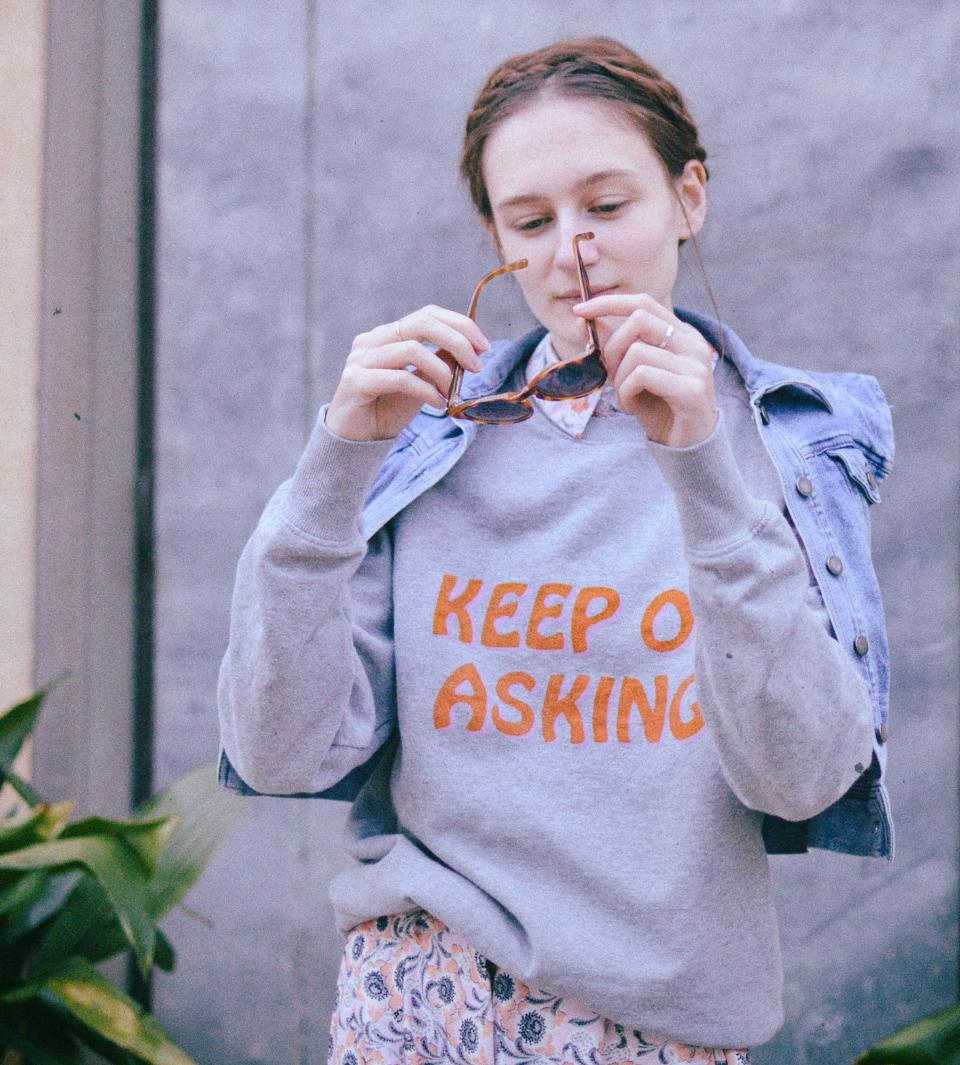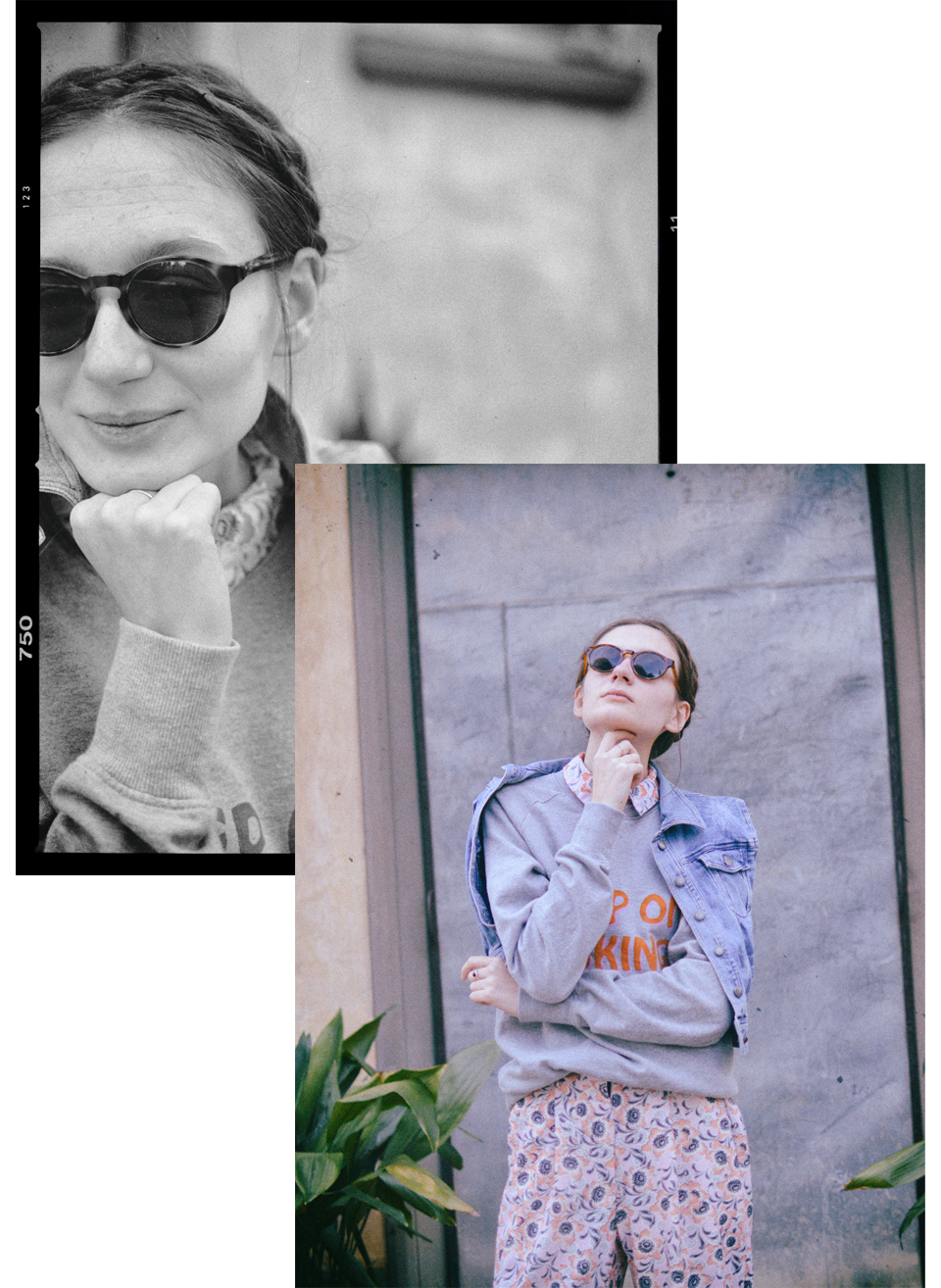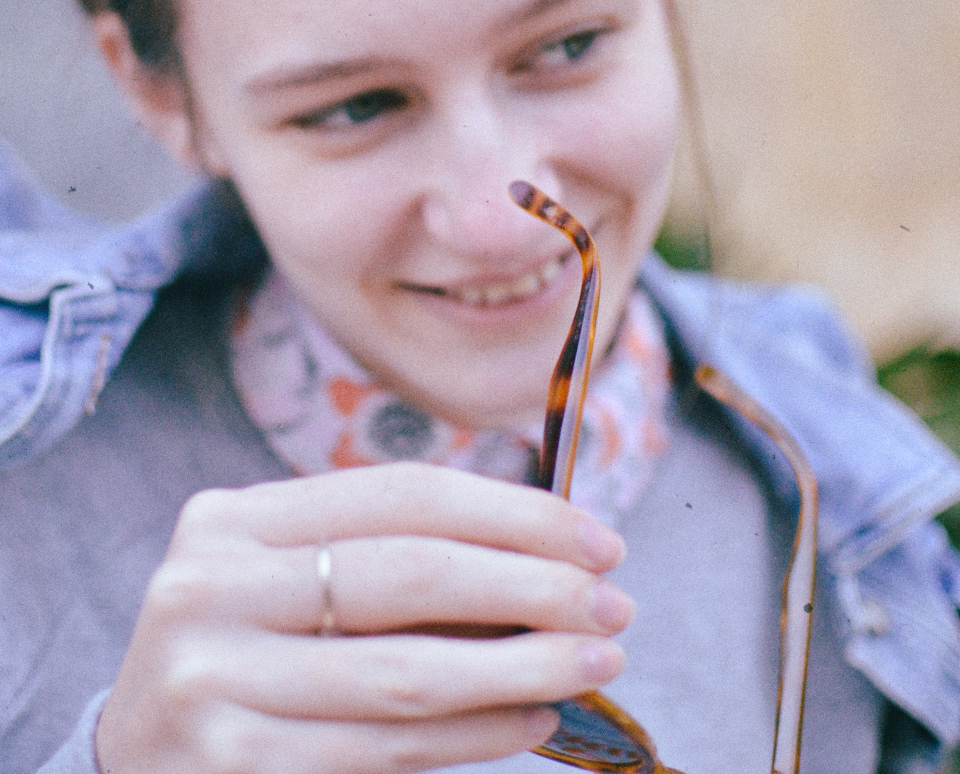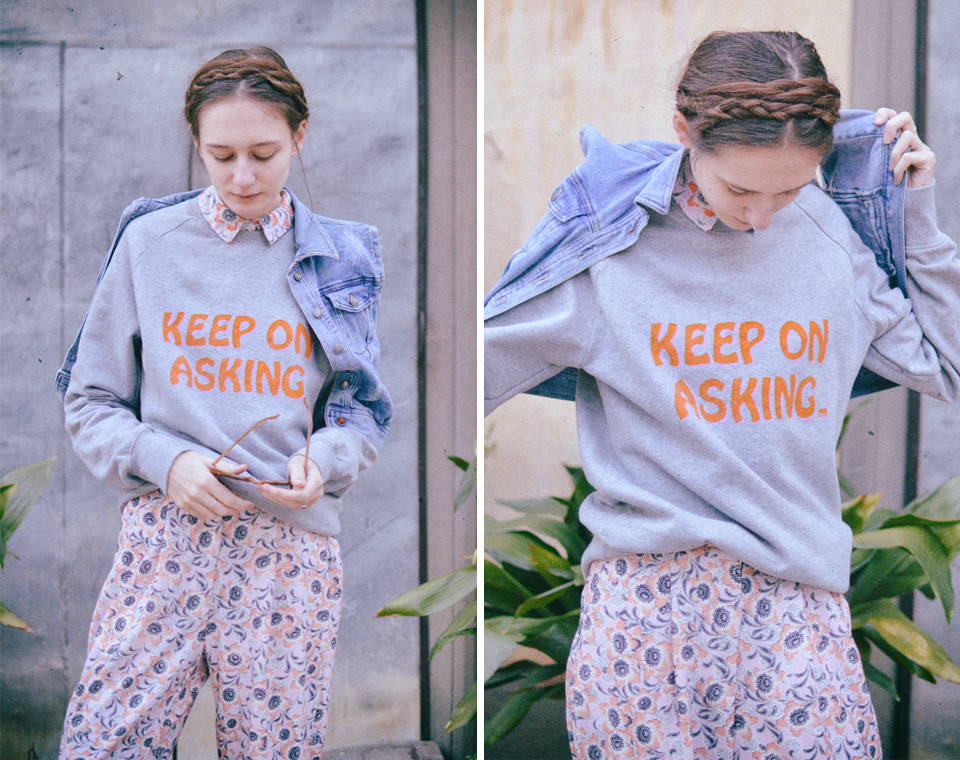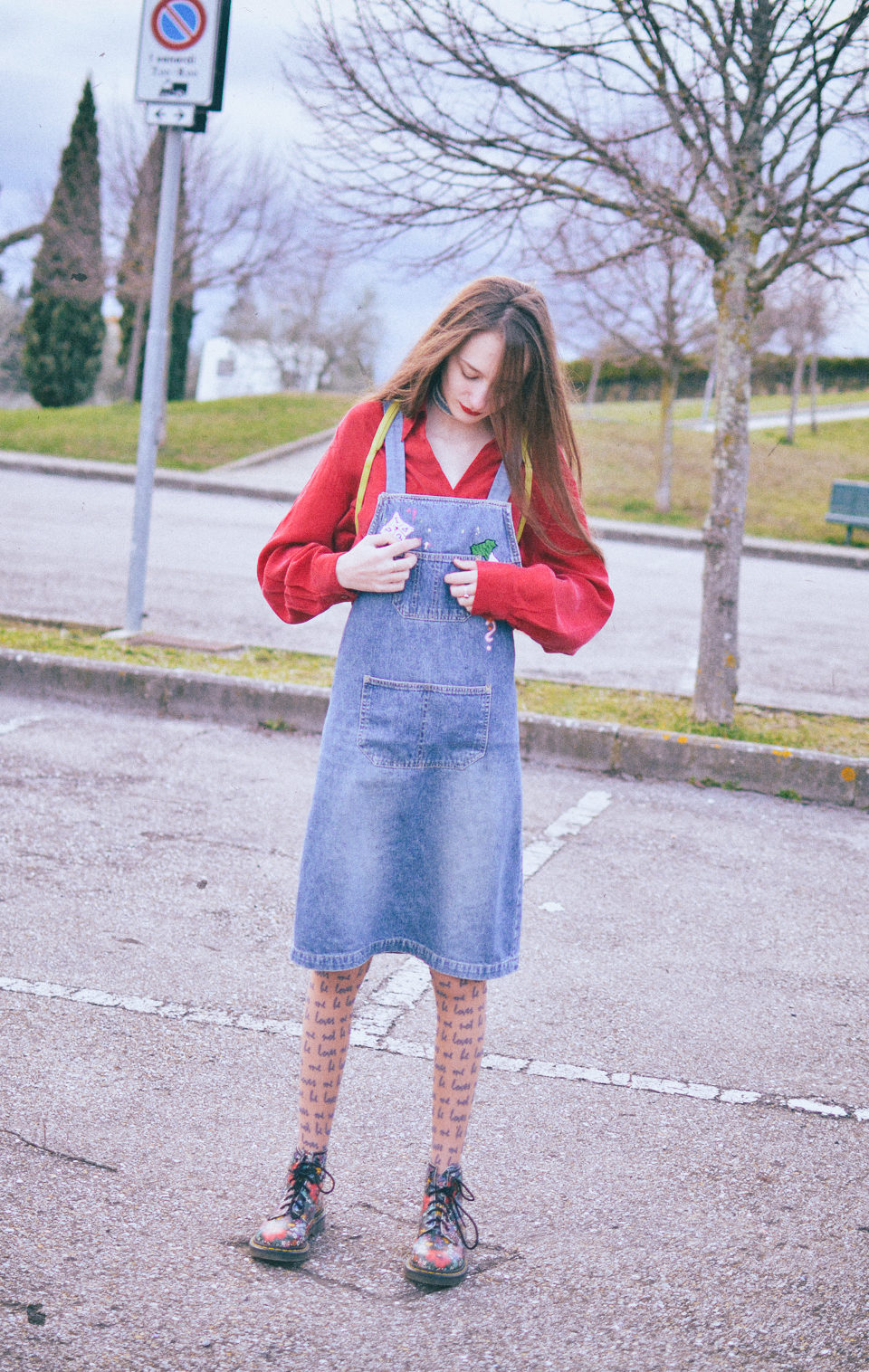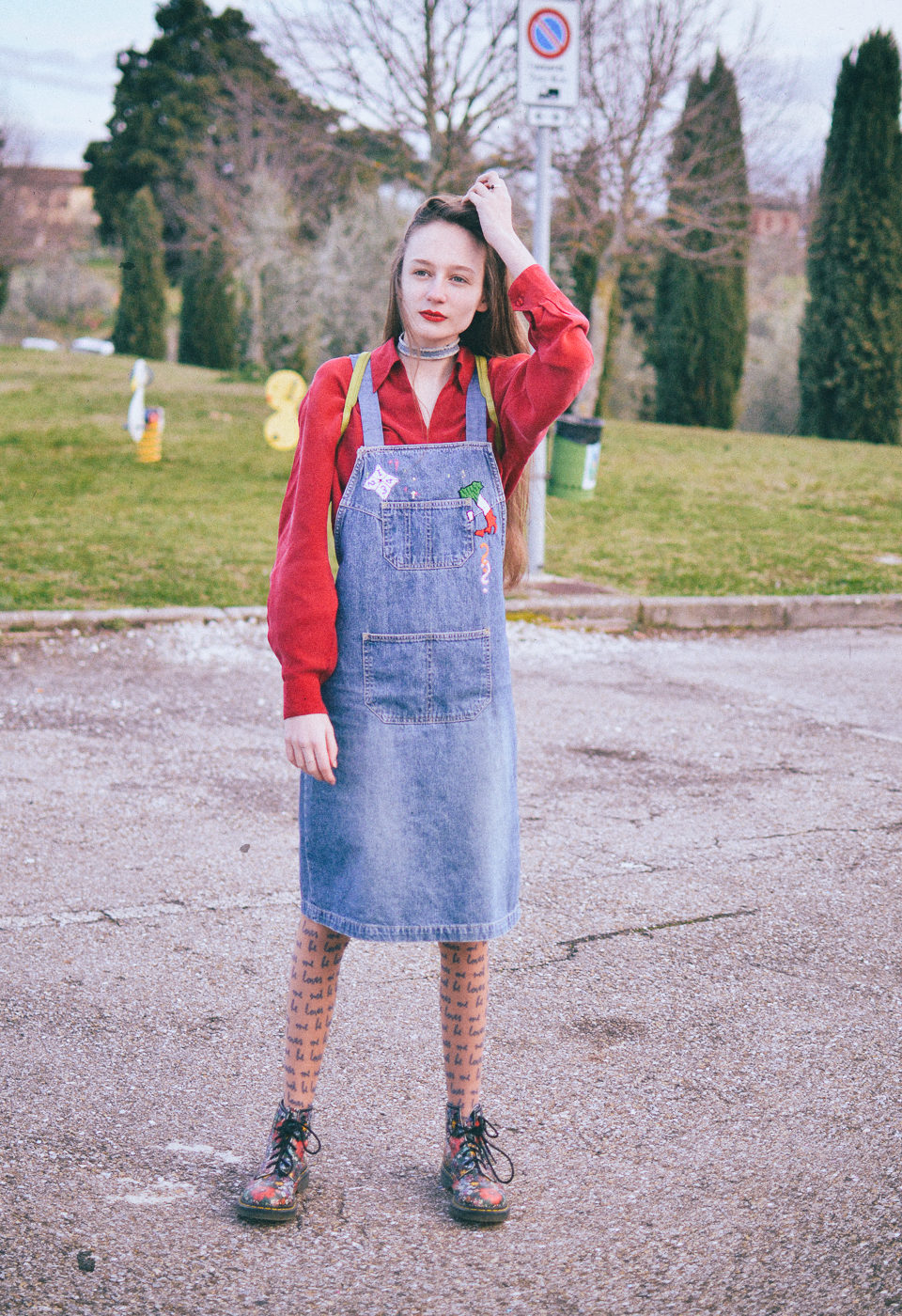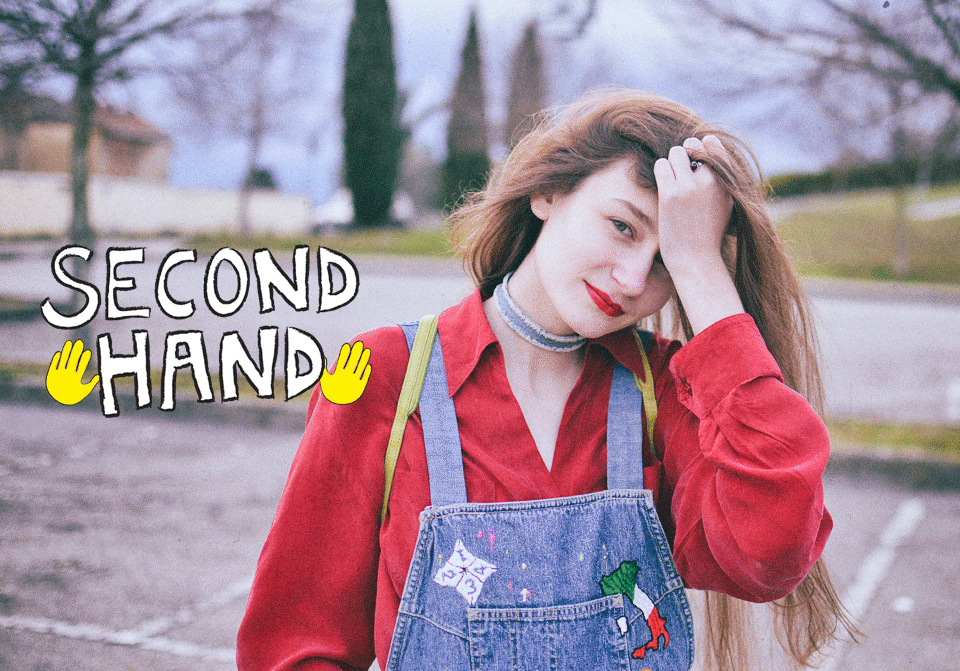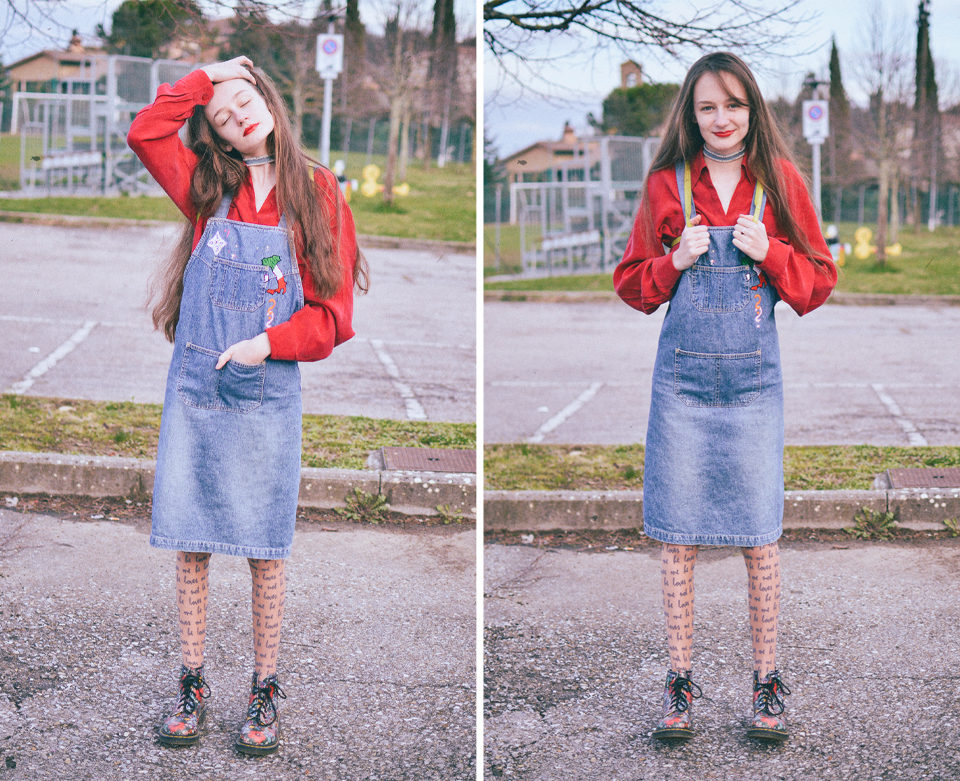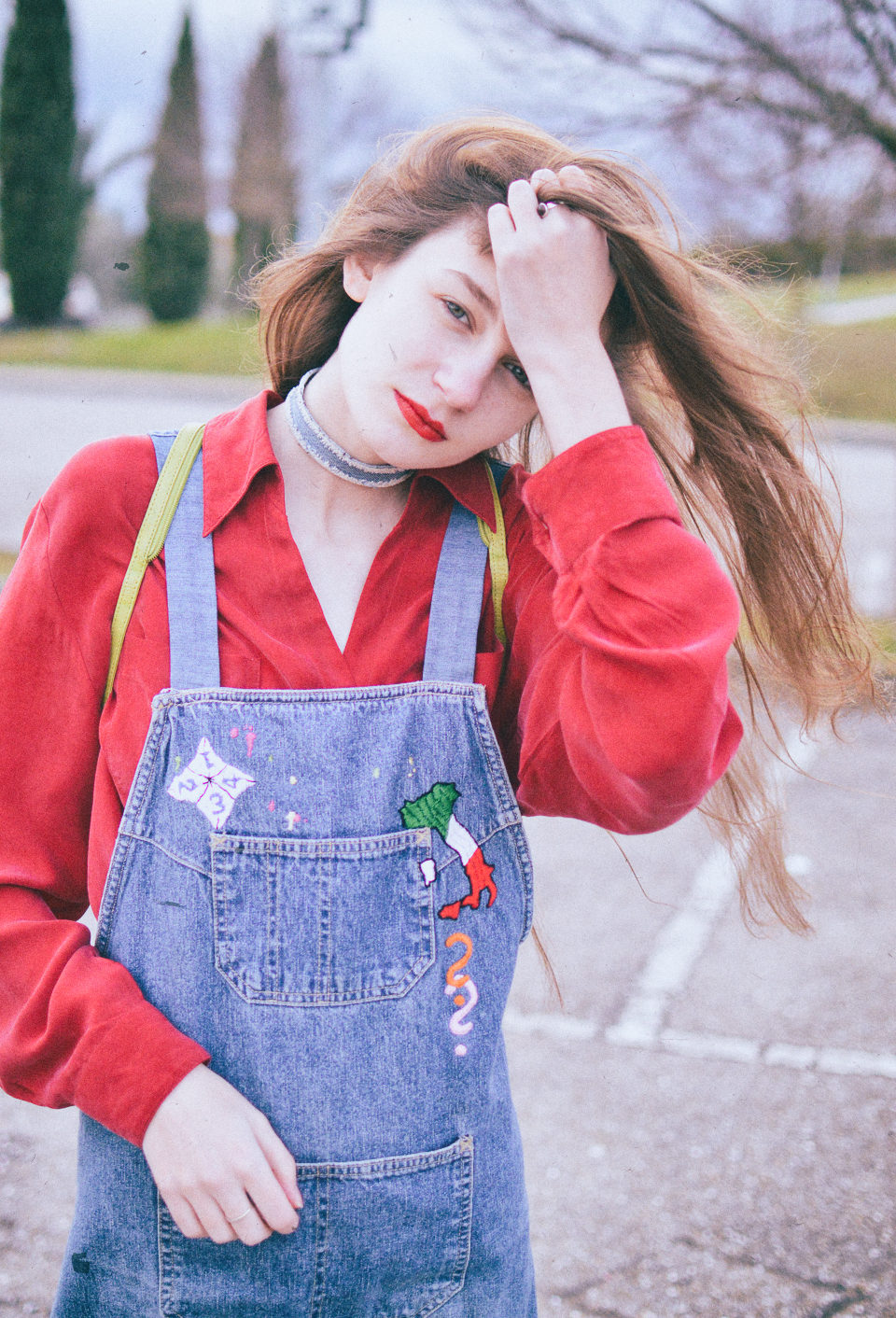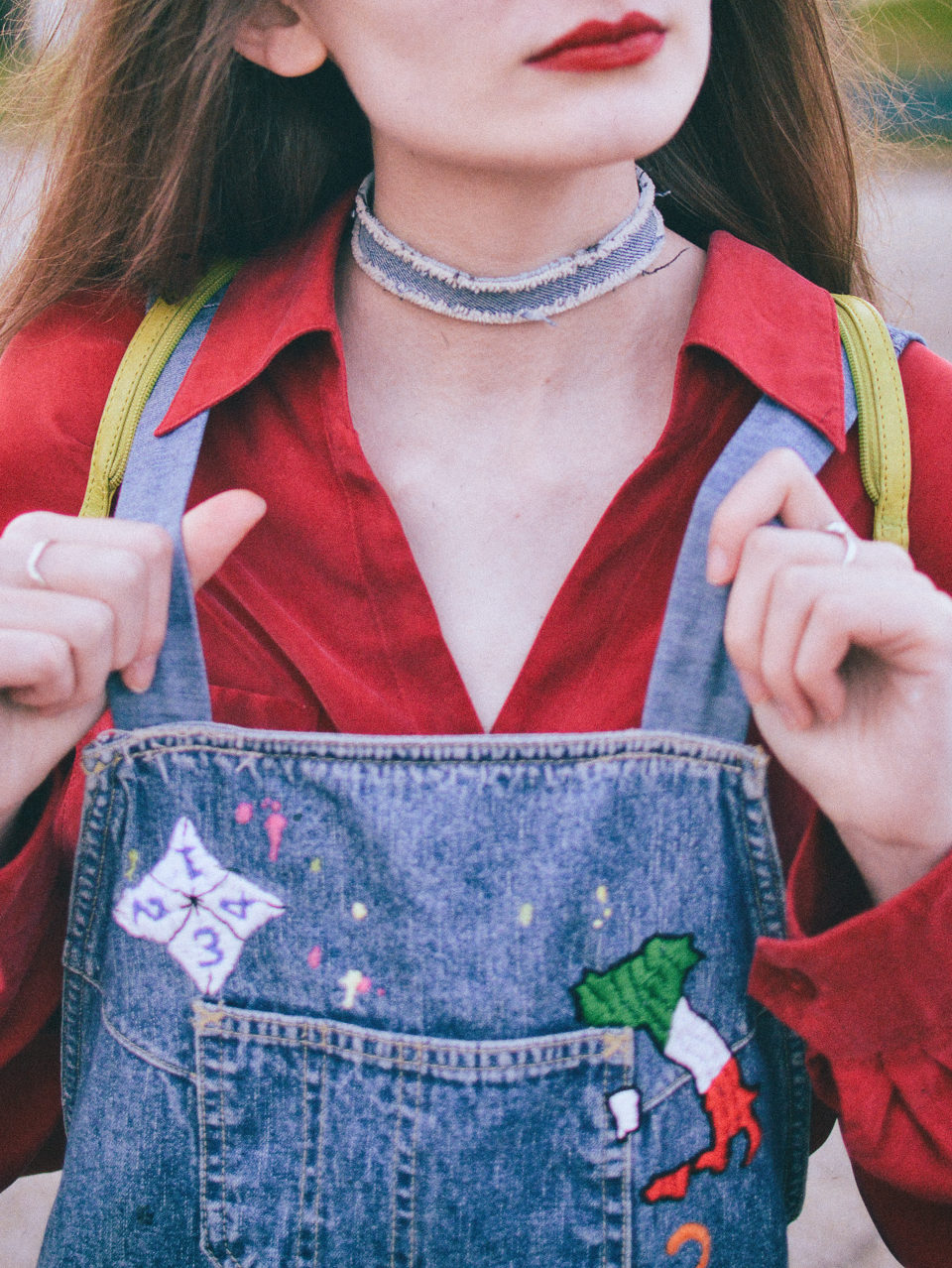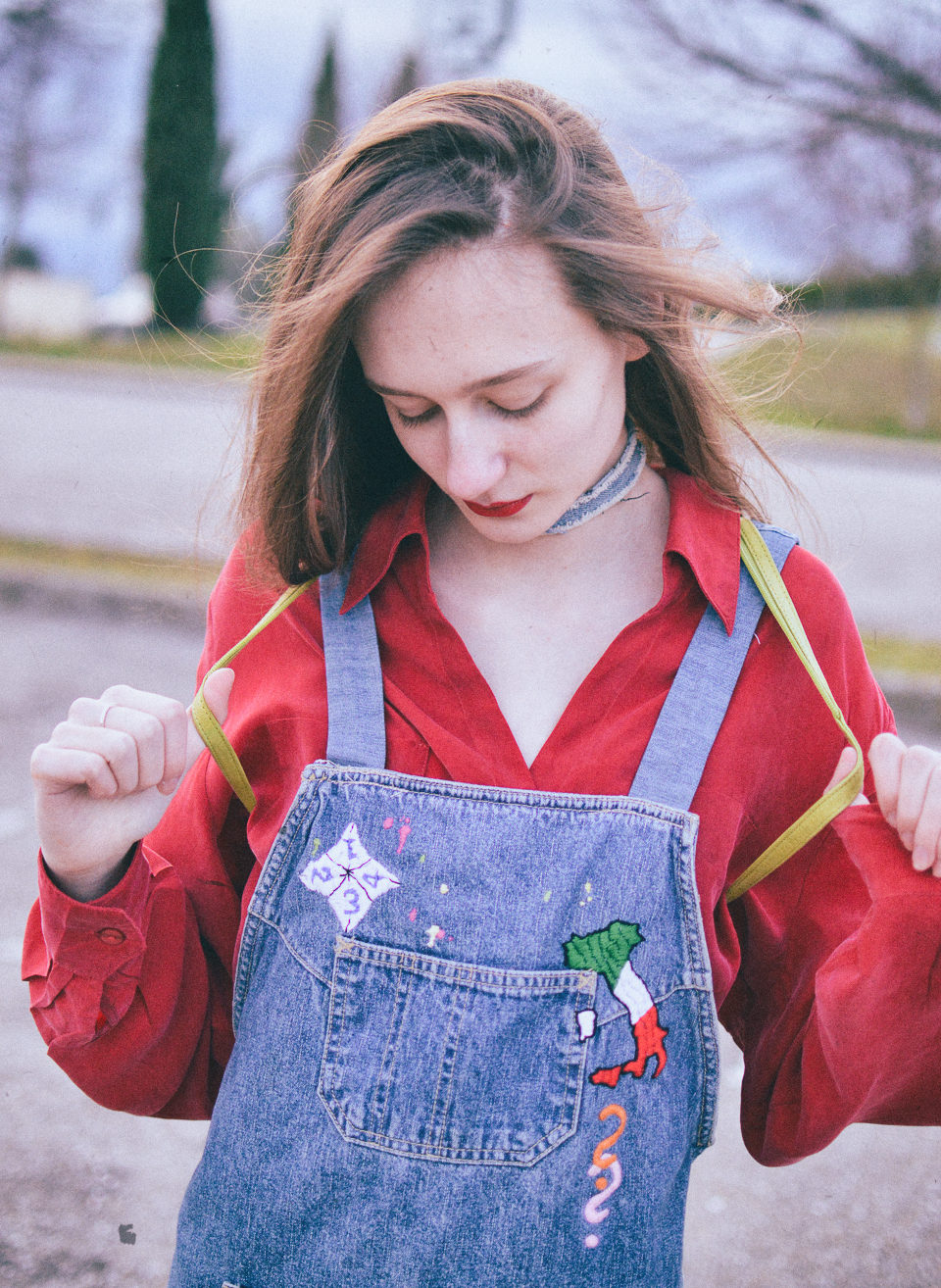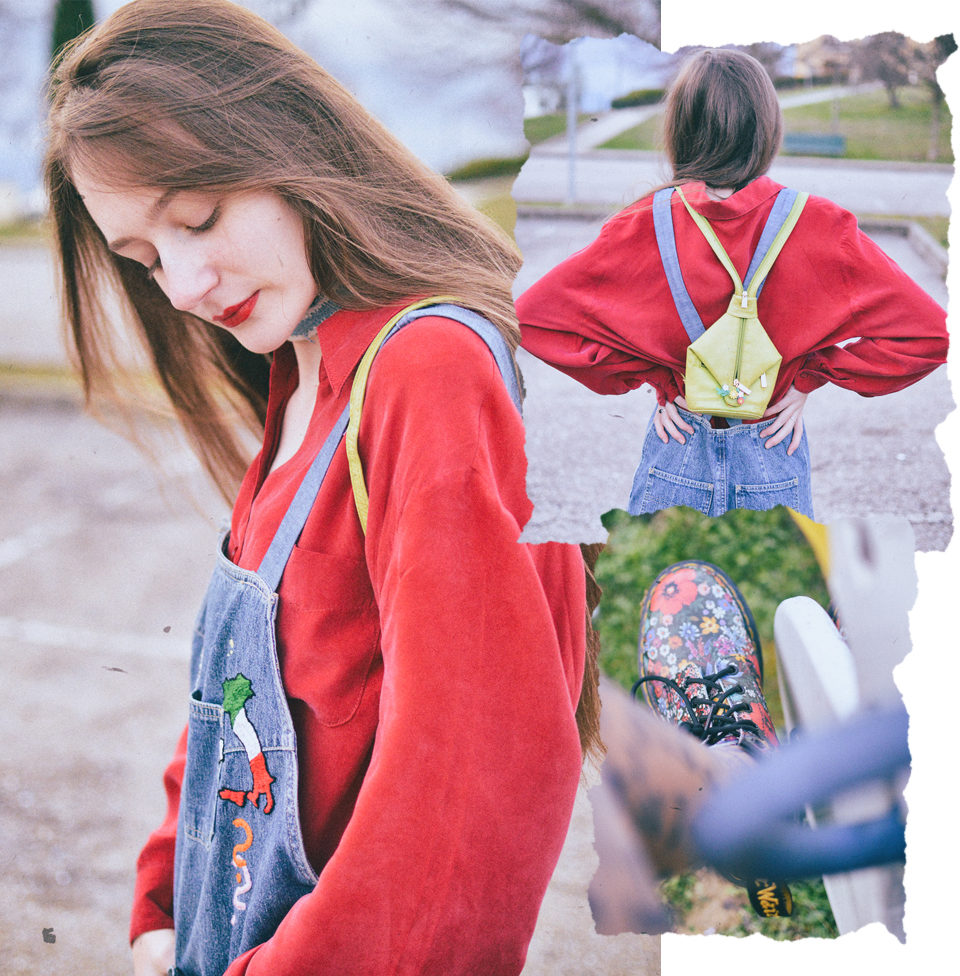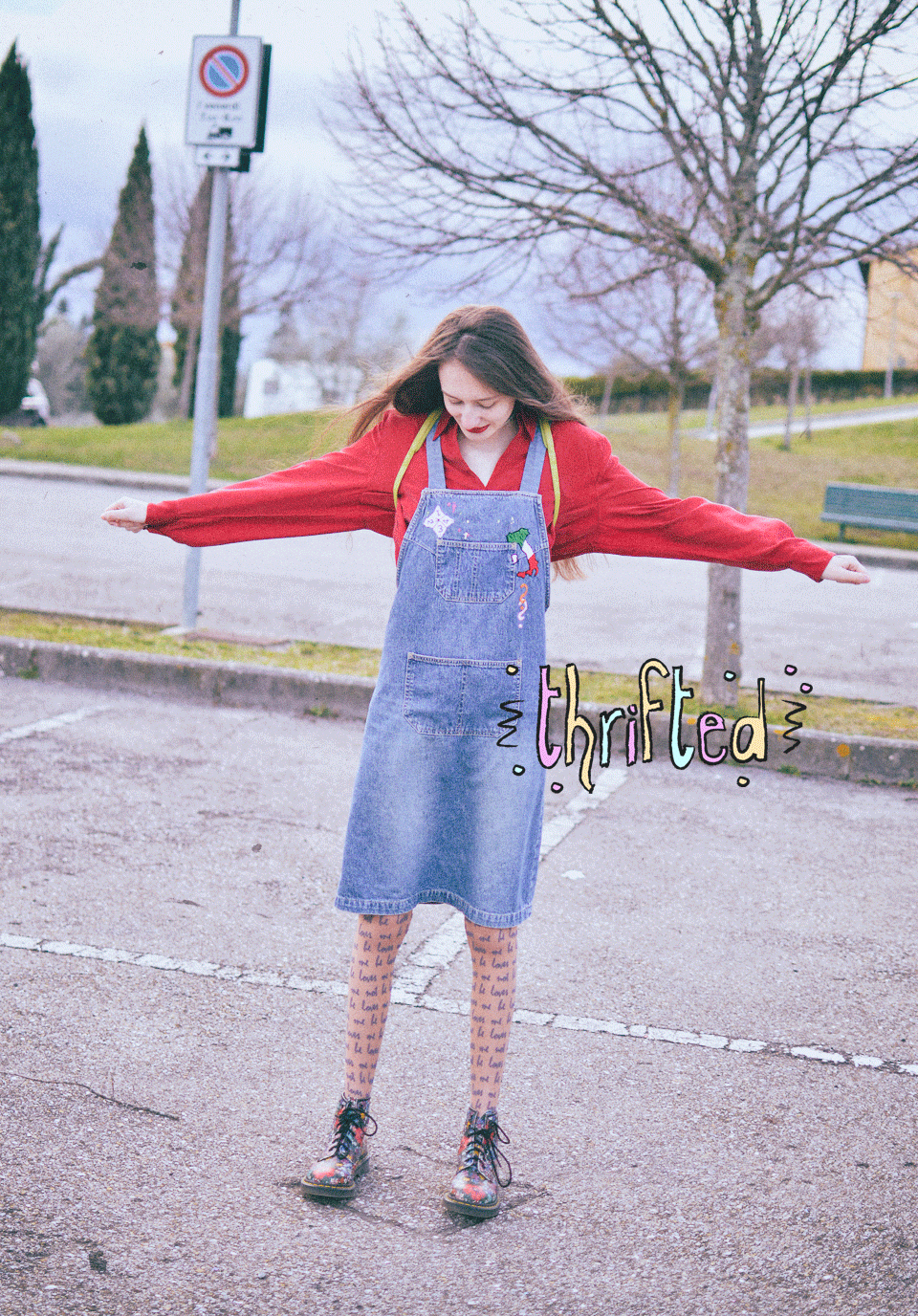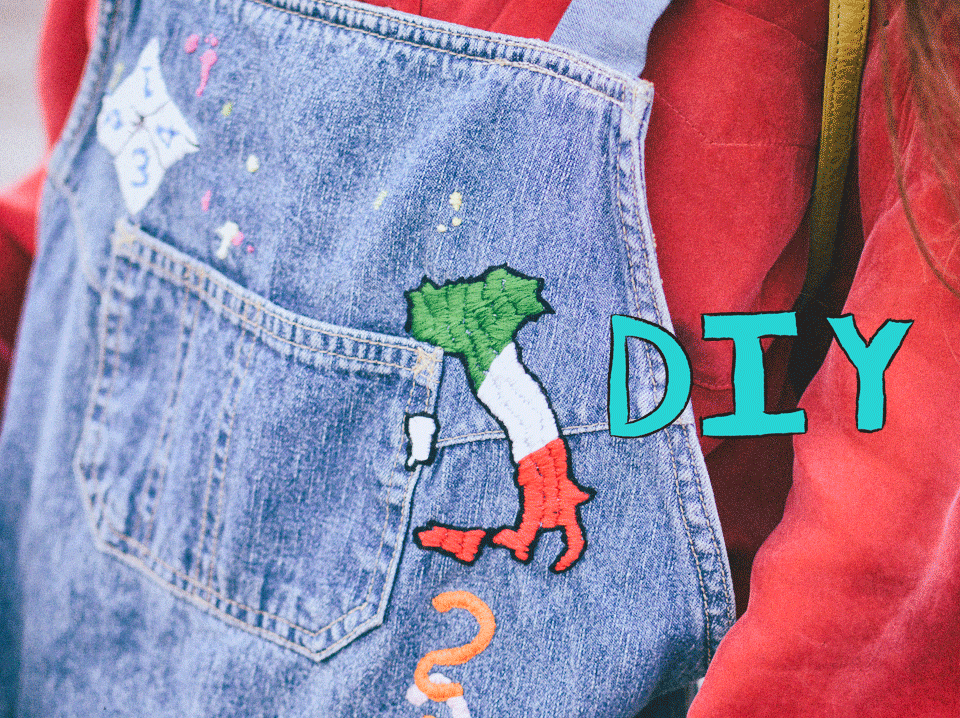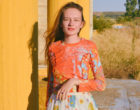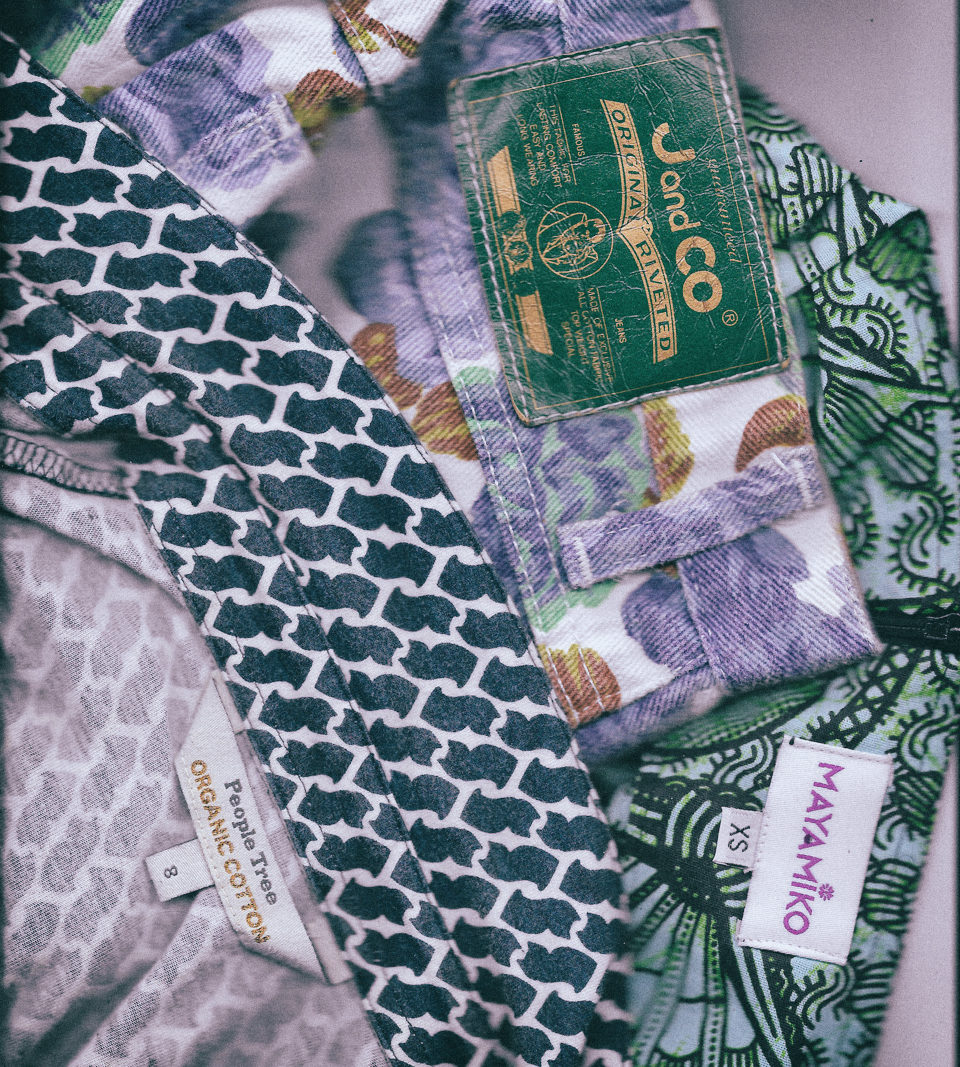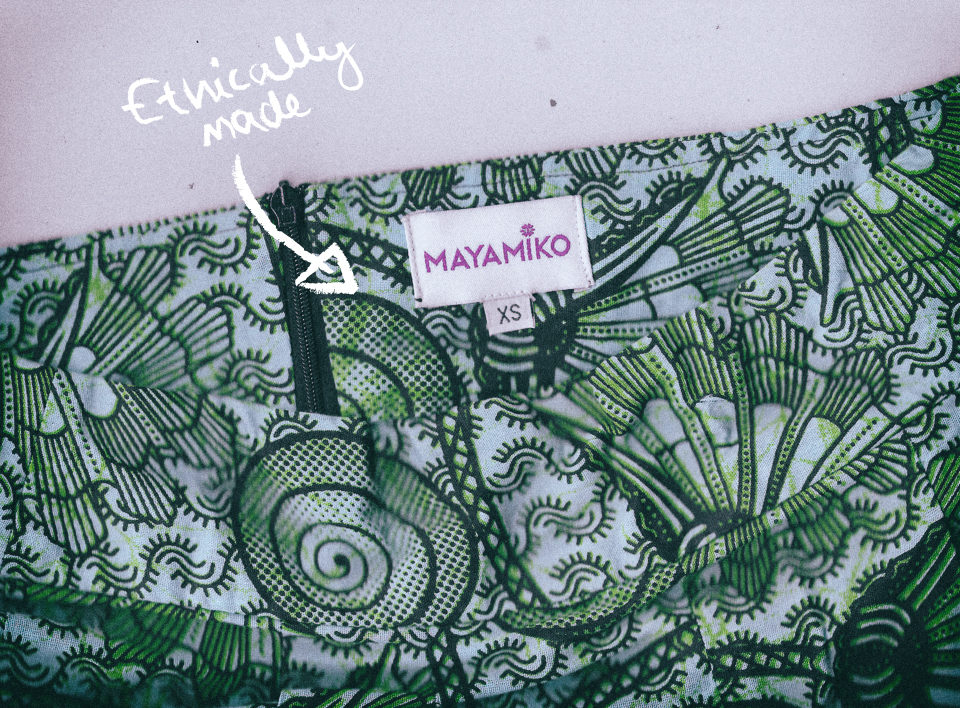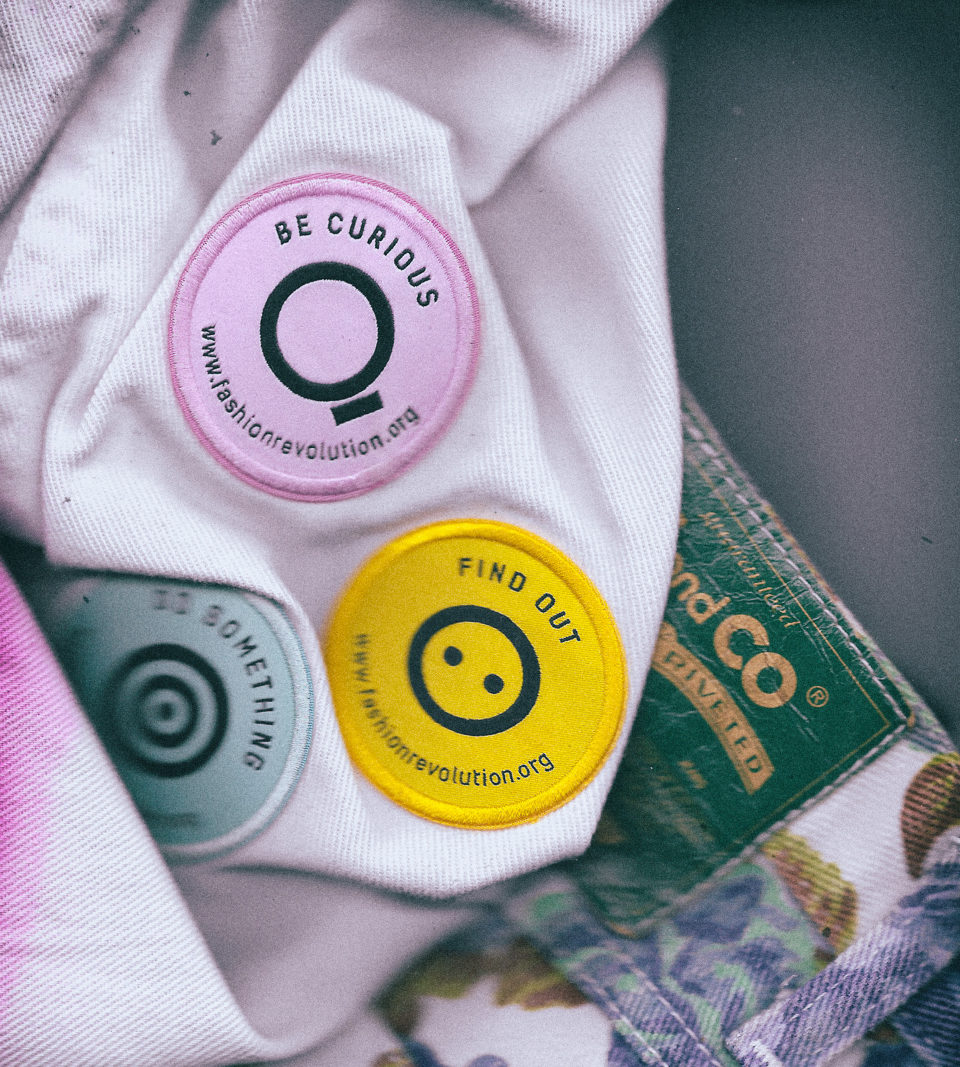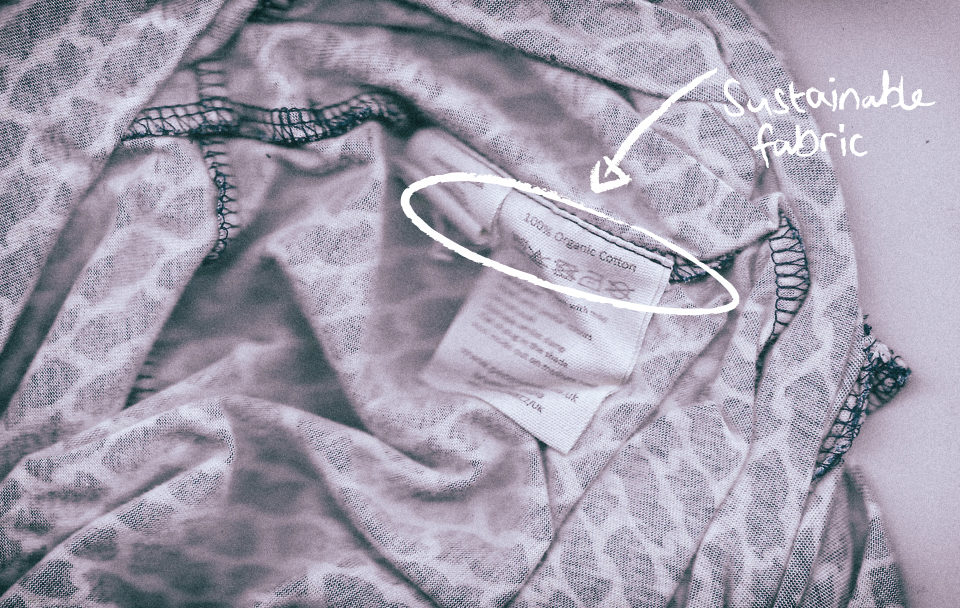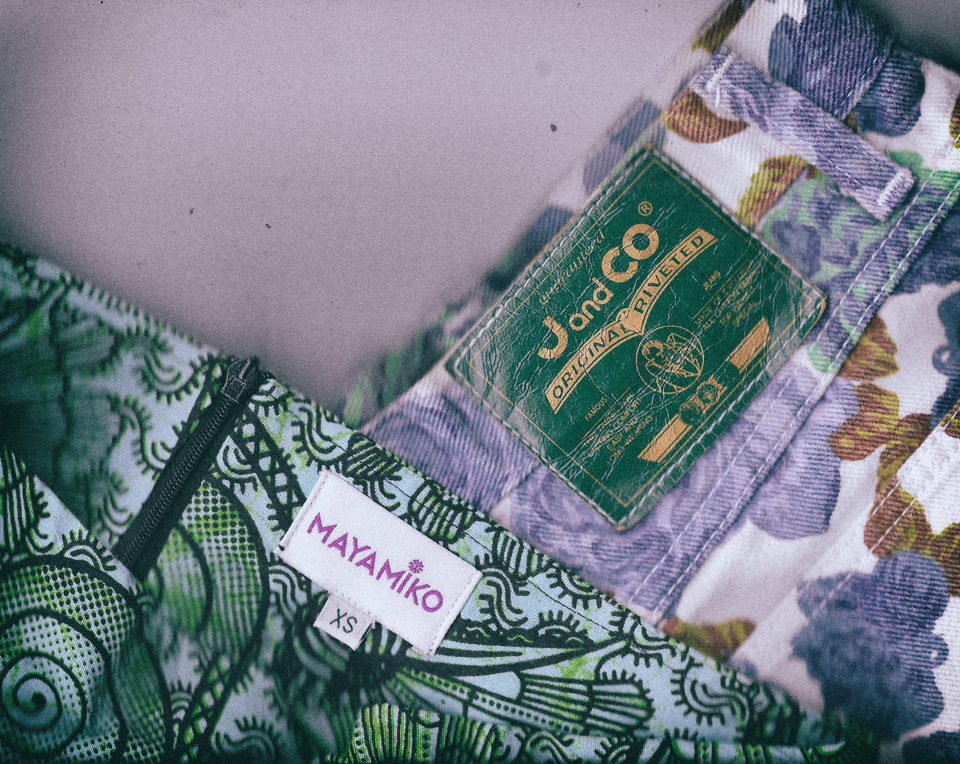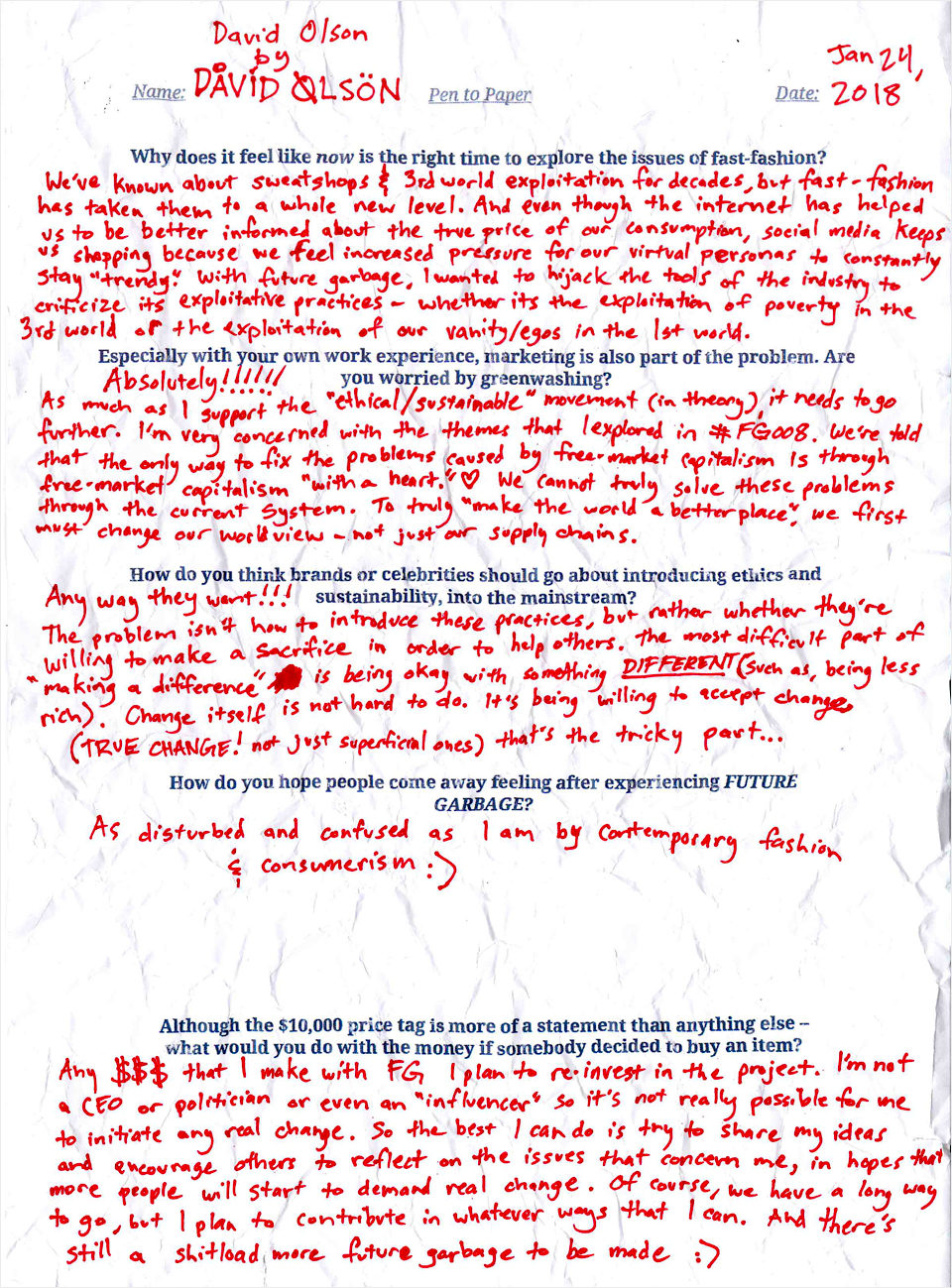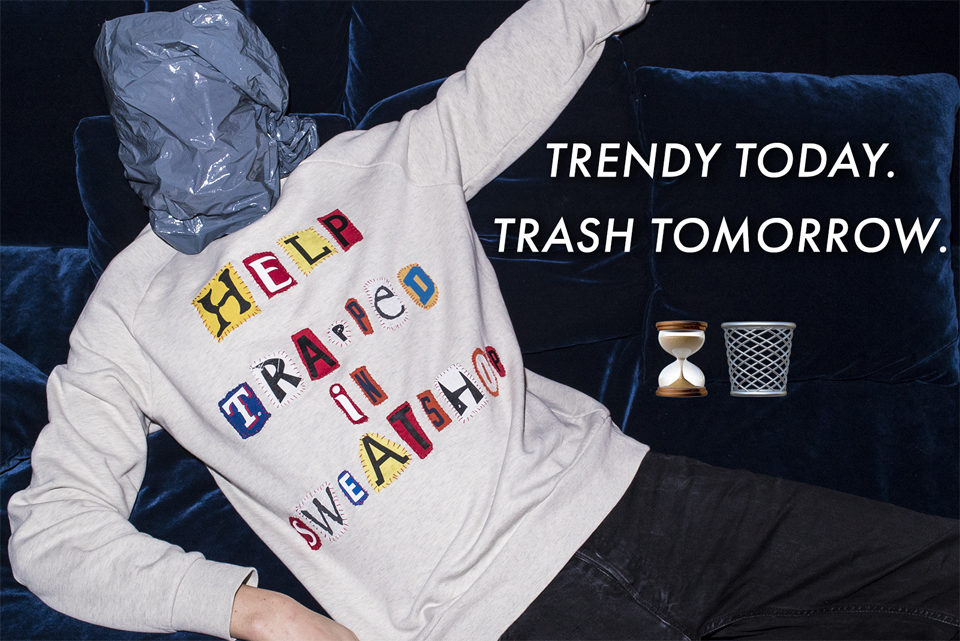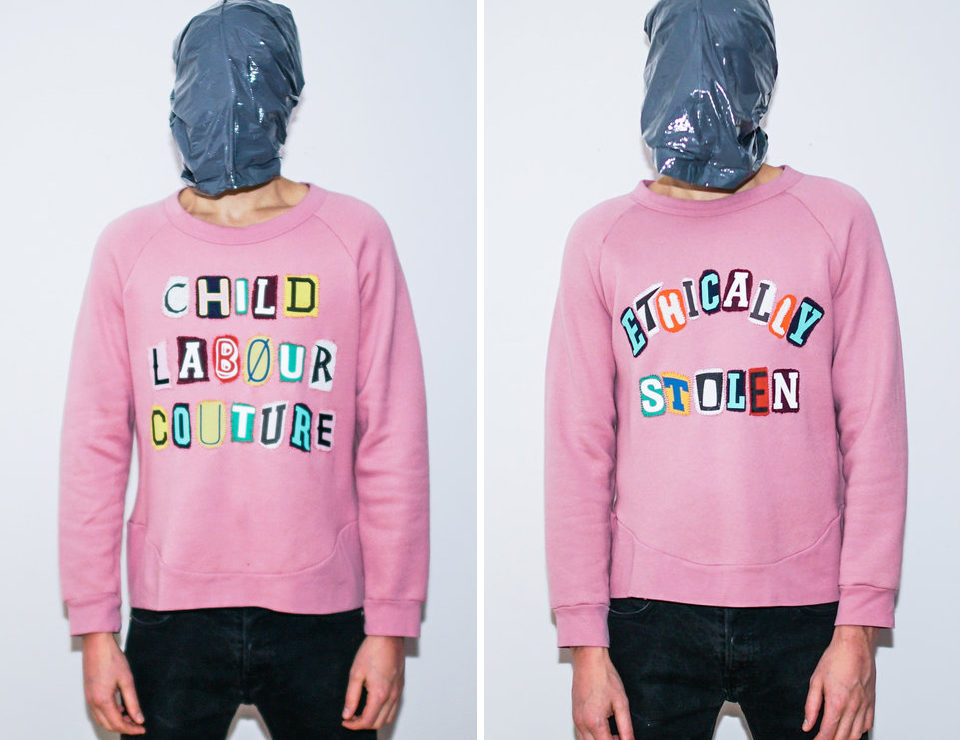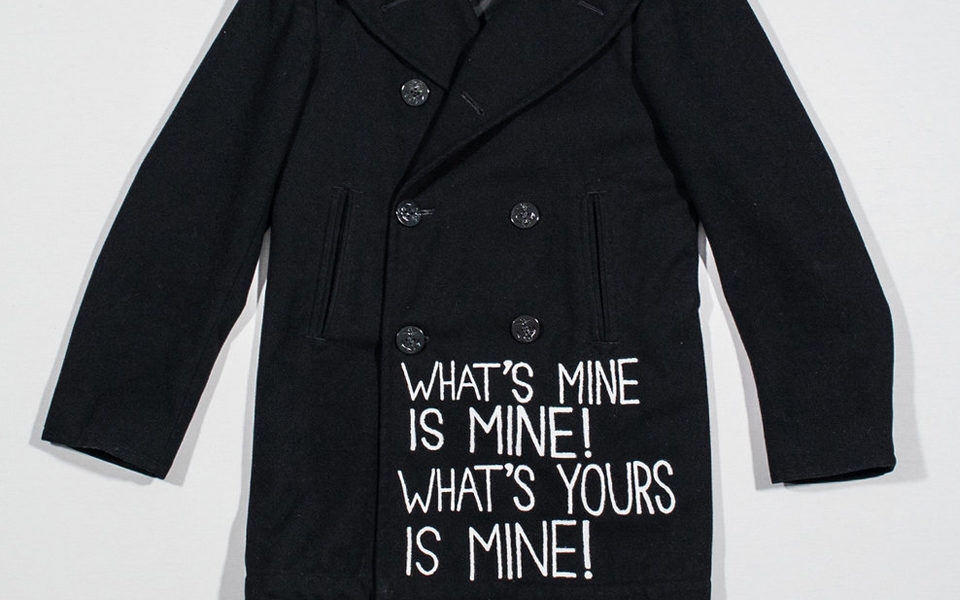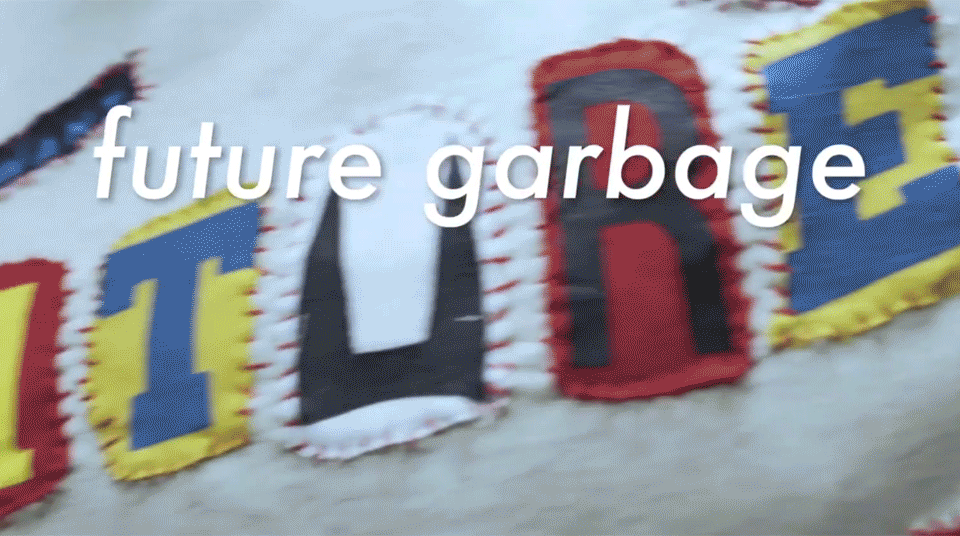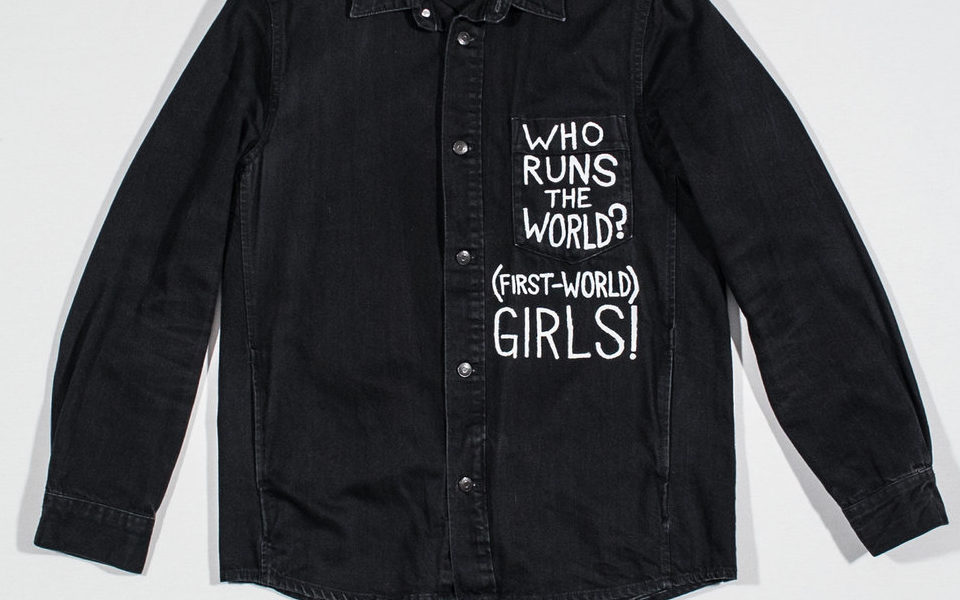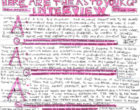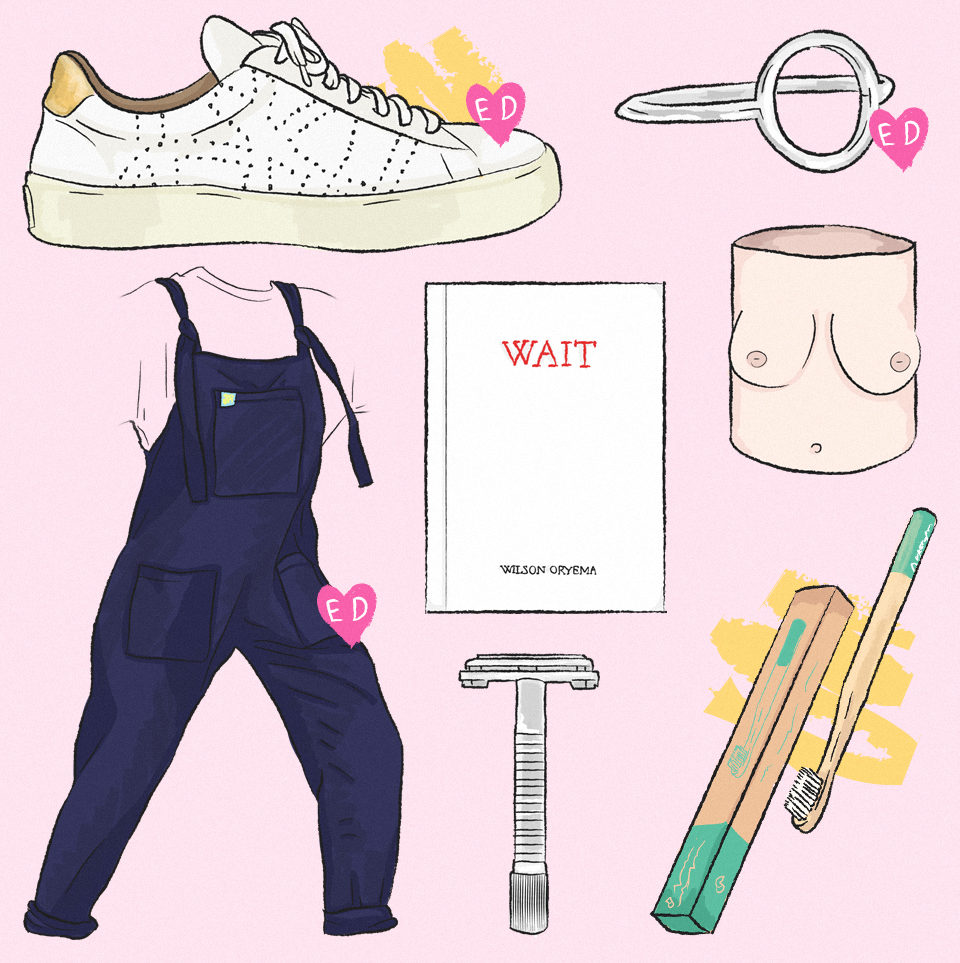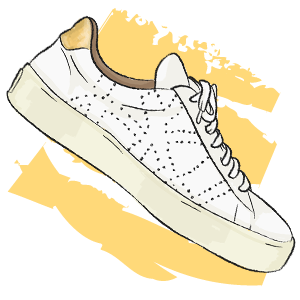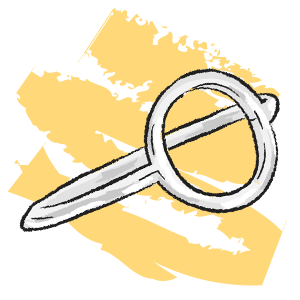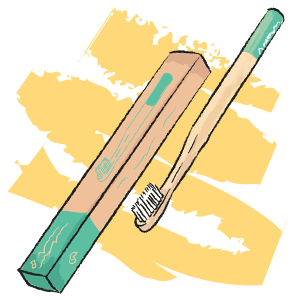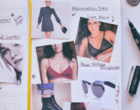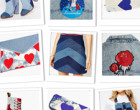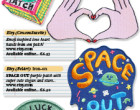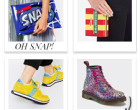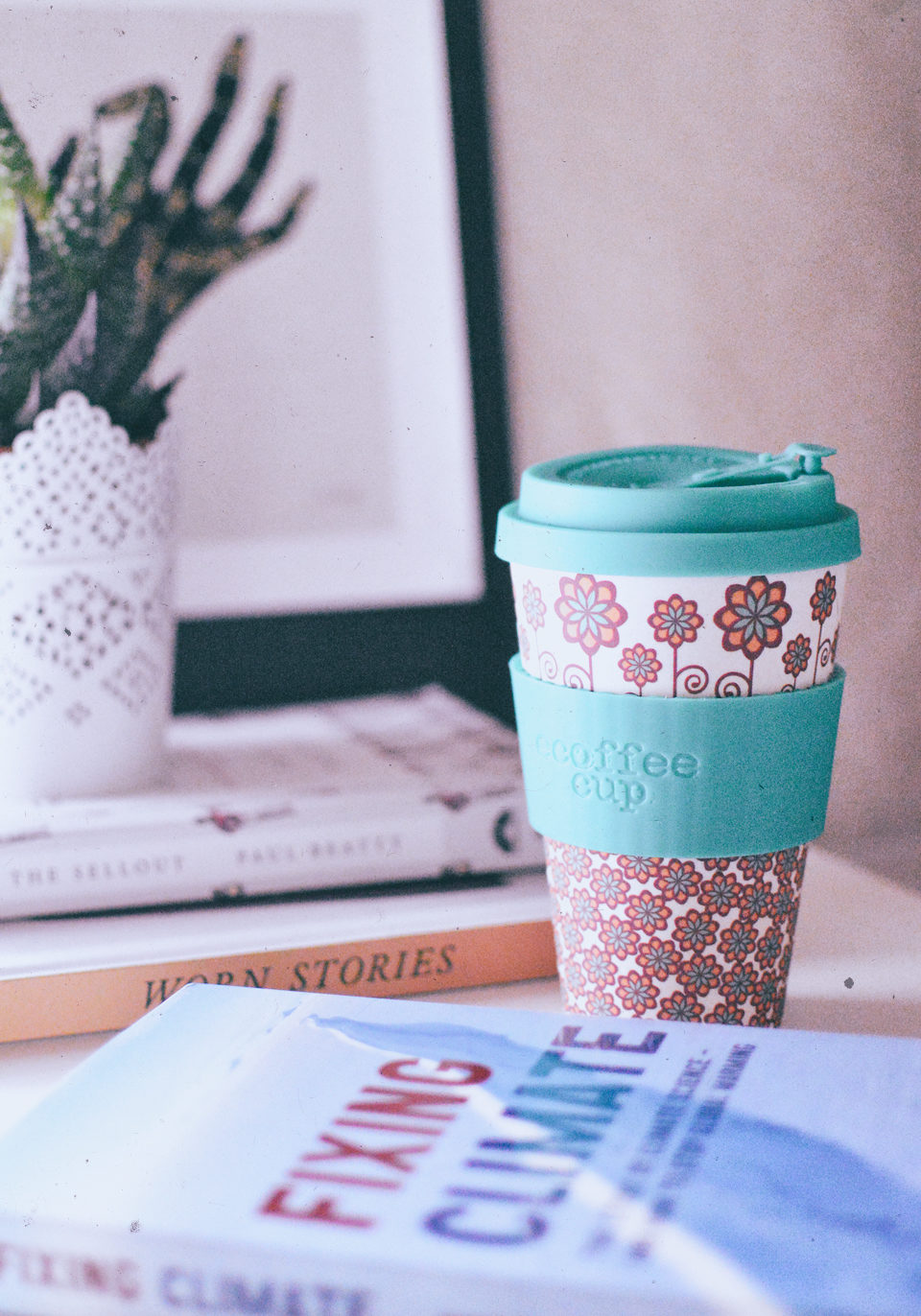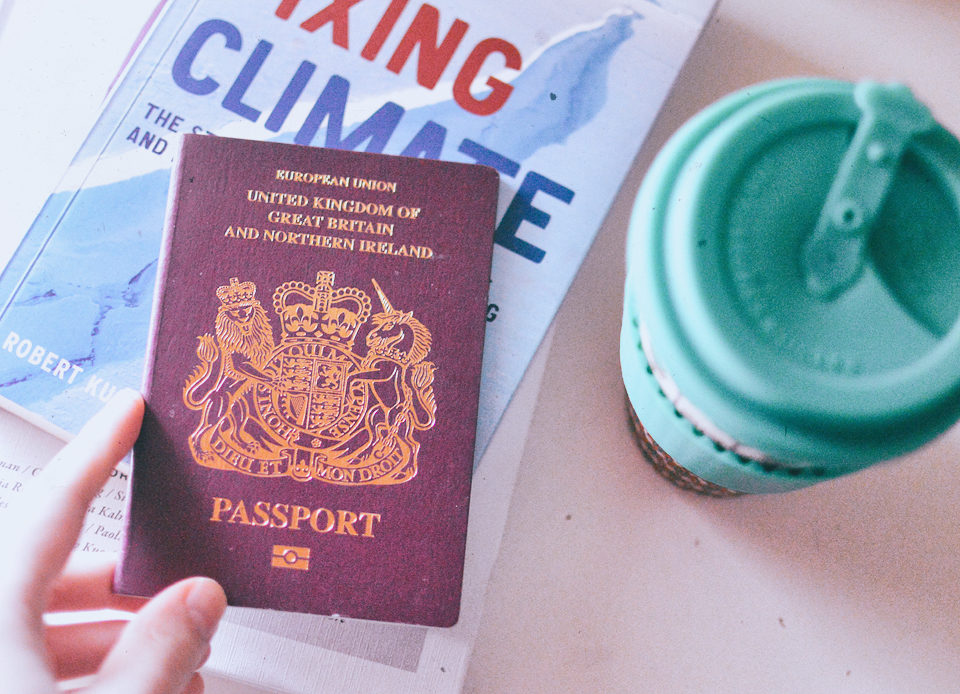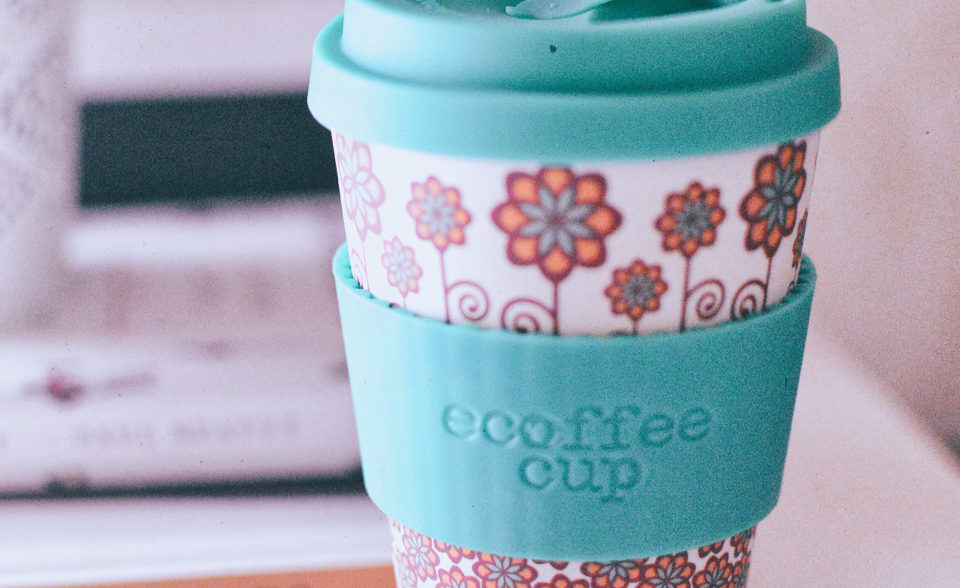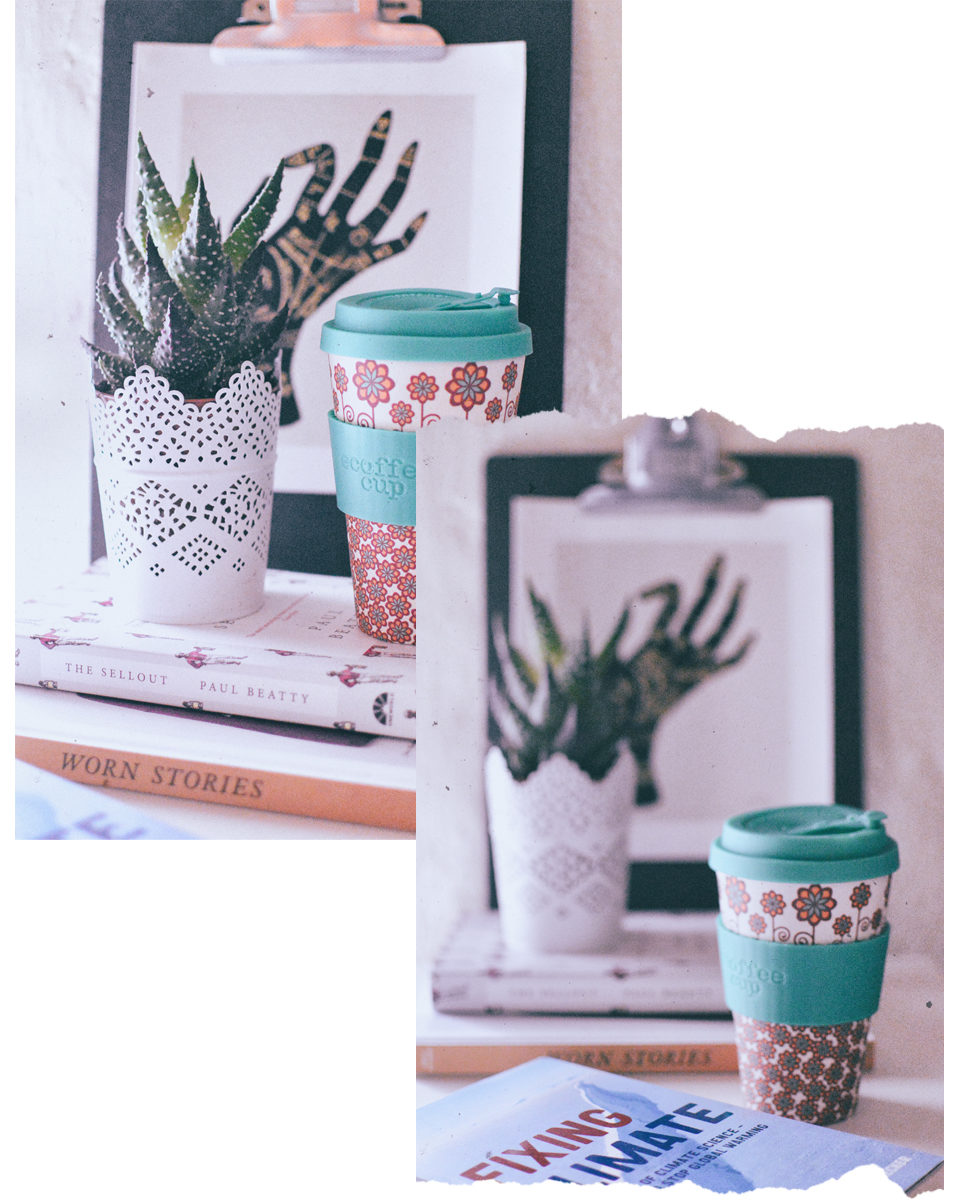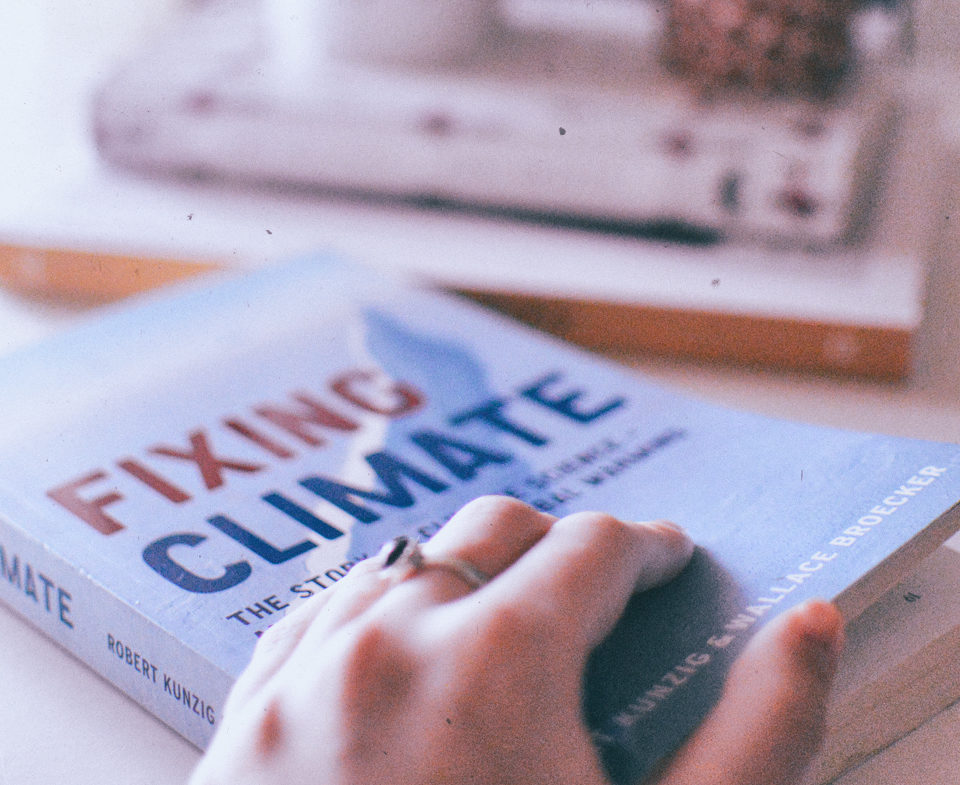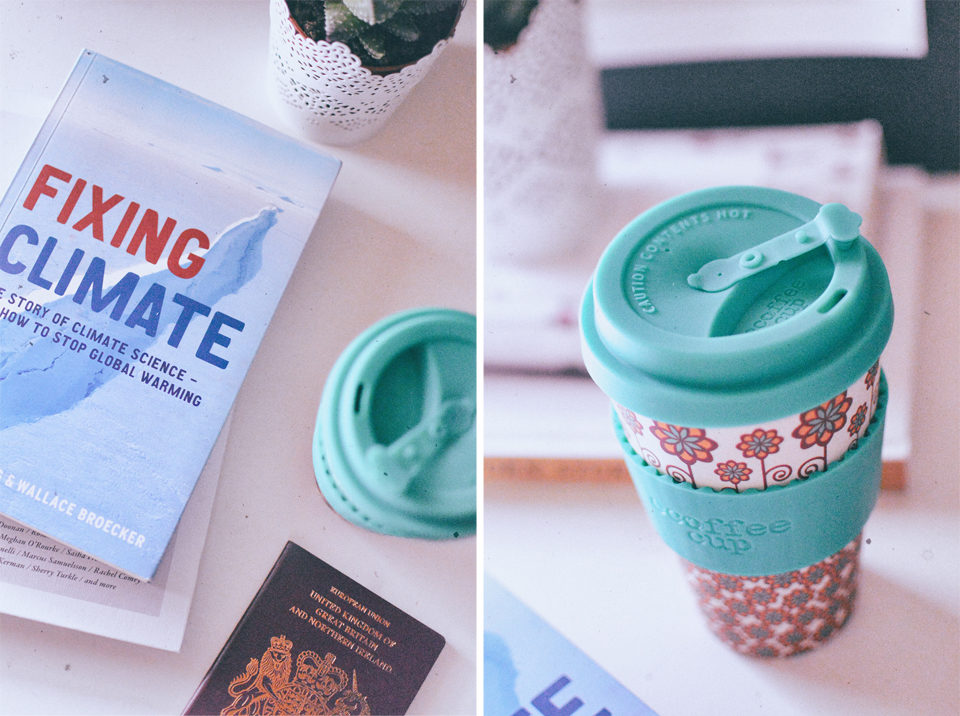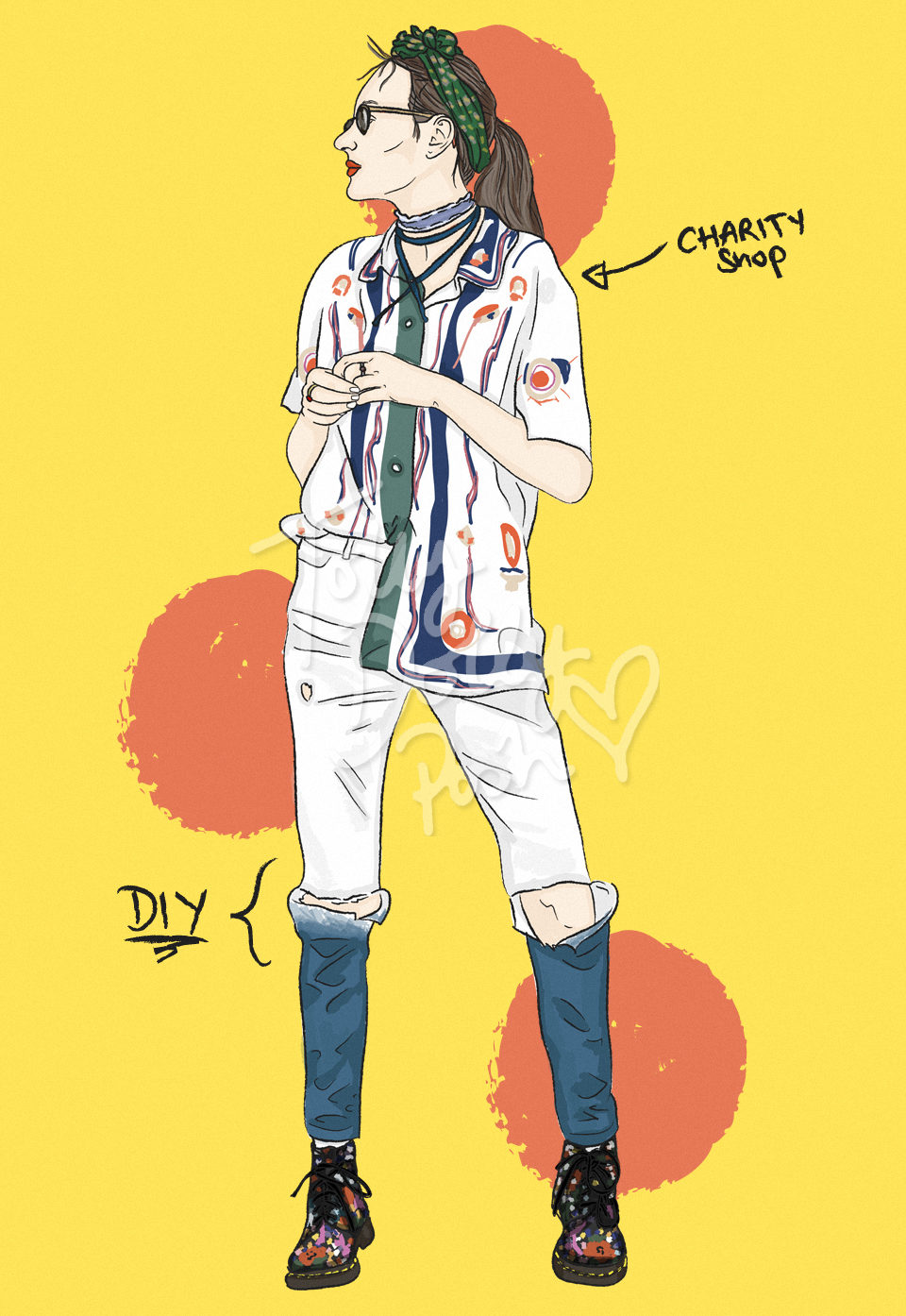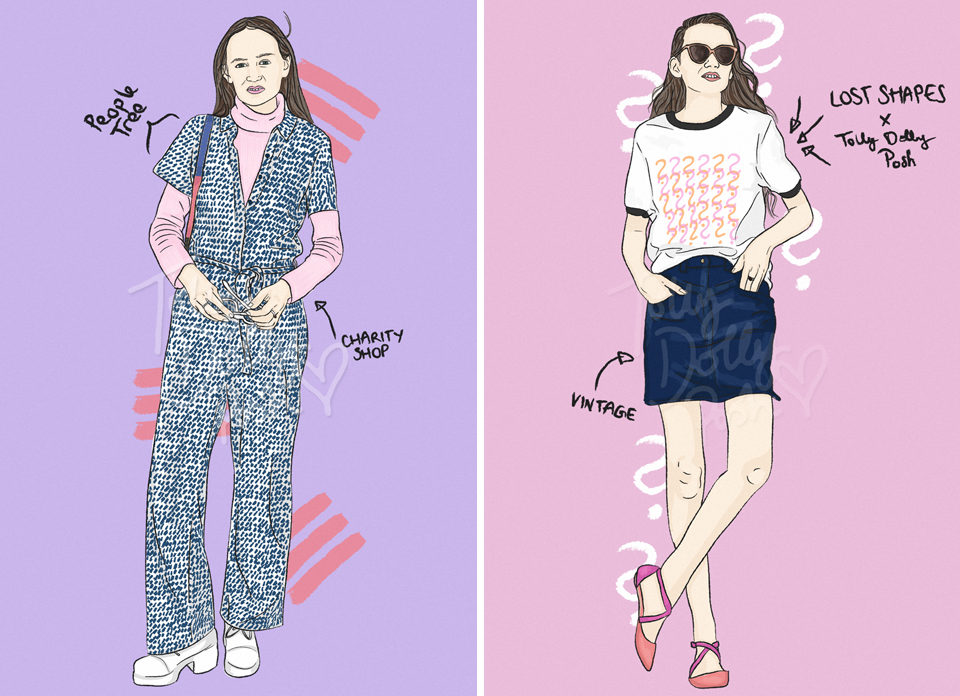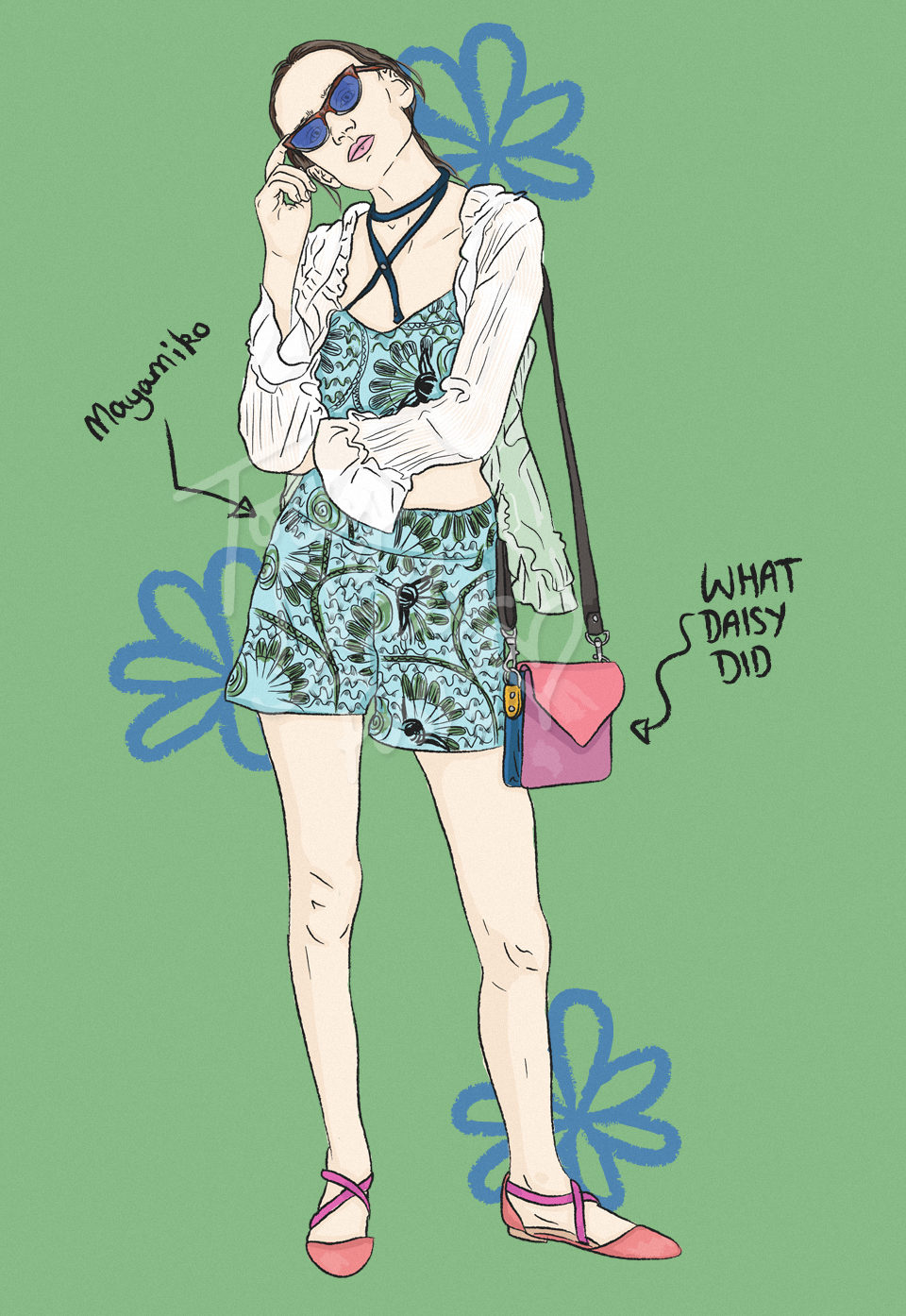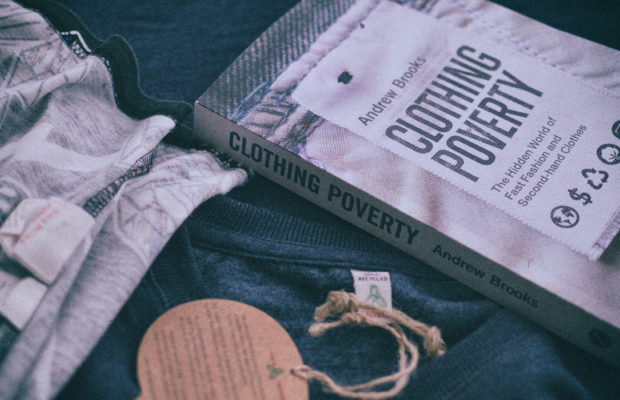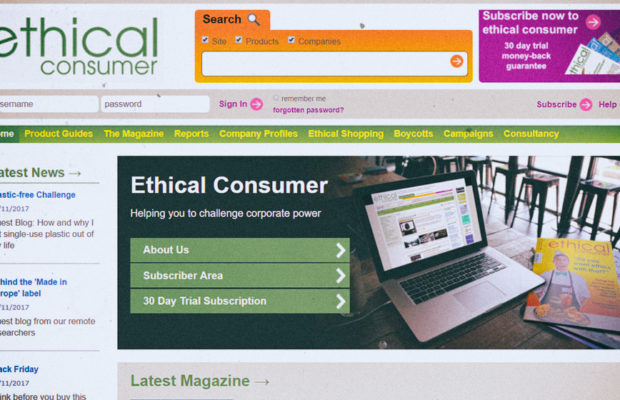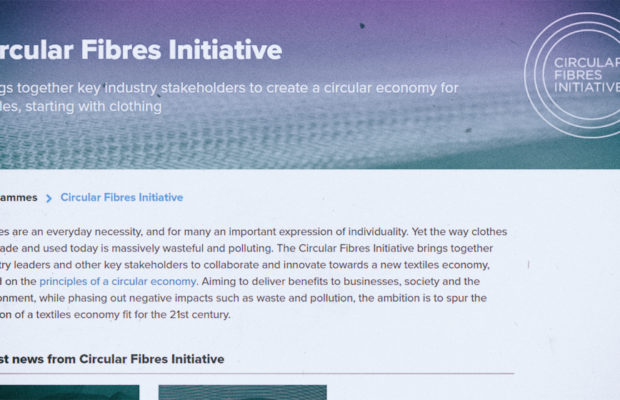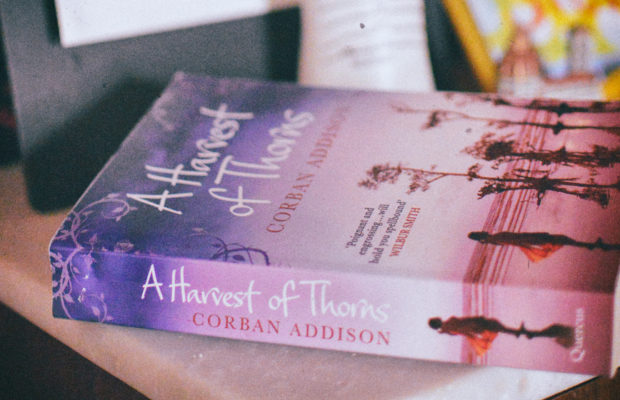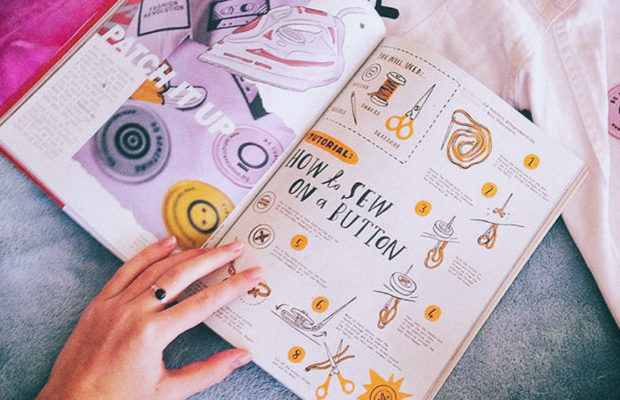As much as algorithms seem to be driving a lot of the Instagram community up the wall recently – yes, we all know, it was a far better place when posts appeared chronologically – for me personally, it’s actually fast becoming one of my favourite platforms for a multitude of reasons. So today, to mix things up from my usual content, I thought I would share some ways to enjoy ‘IG’ as much as I am as well as a few recommendations of who you should be following…
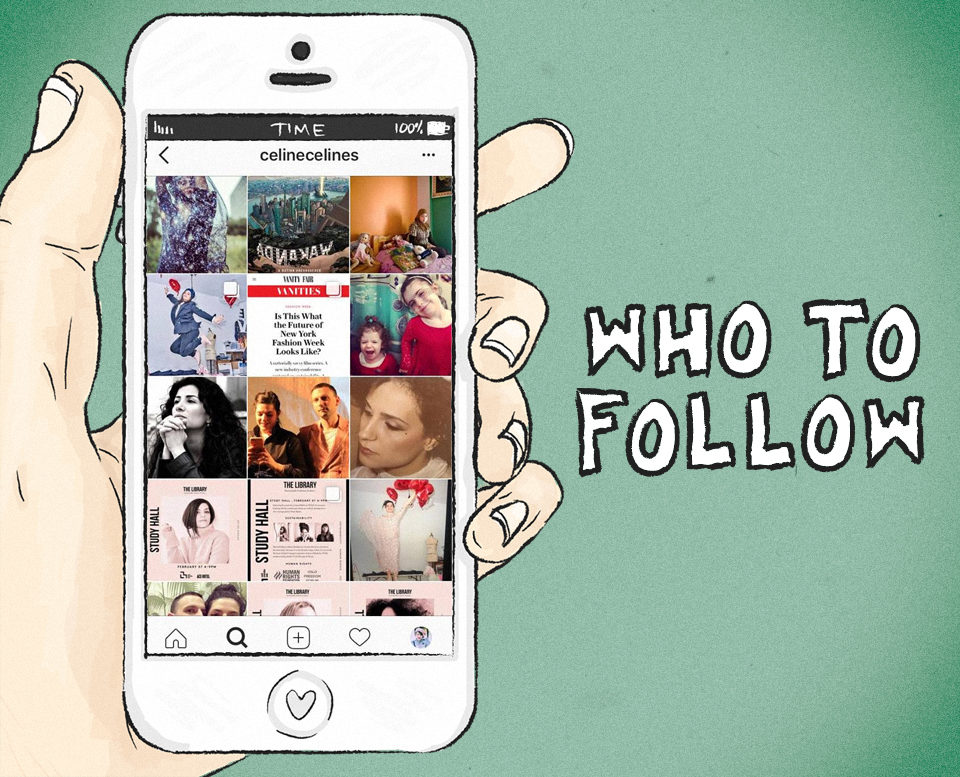
@CELINECELINES (SLOW FACTORY) // @EZRA_W_SMITH // @BEHAVEBANDANA // @STORIESBEHINDTHINGS // @UNWRINKLING // @OCEANGENERATION
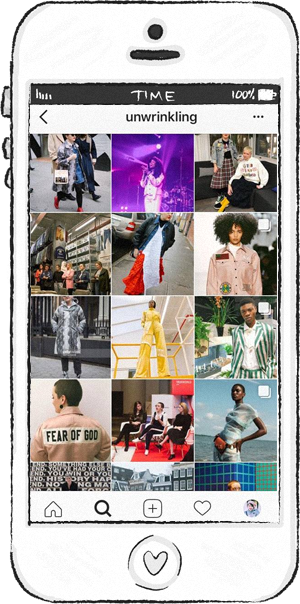
Your vibe attracts your tribe…
Especially when you’re introducing yourself to sustainability and ethics, you can become bogged down in the nitty-gritty of it all and often what you really need is a nice, healthy dosage of positivity!
Following individuals on Instagram who spread positive messages about good work being done is a quick and easy way of educating yourself without feeling like the world is facing impending doom.
@unwrinkling (also known as Whitney Bauck) is one of my favourite Instagram users. Her day job is focusing on sustainability with her journalistic work so she merges the two, highlighting new initiatives and innovations whilst still being relatable and sharing imagery which would be fit on any other Insta-page. She introduced me to G-STAR RAW’s latest work and for that, I am very grateful.
@storiesbehindthings is an account run by Jemma and Ella who focus mainly on vintage fashion and opening up discussions with their followers about different sustainable and ethical topics. If you’re into perfectly coordinated themes and being introduced to new brands; definitely give them a follow.
@celinecelines (Céline Semaan) is the founder of The Slow Factory and is one inspiring woman. Not only does she head-up The Slow Factory #FashionActivism brand, she is also a sustainable advocate all round, being an ambassador for the Global Fashion Exchange and founding The Library. She’s a joy to follow and you all need to learn more about her.
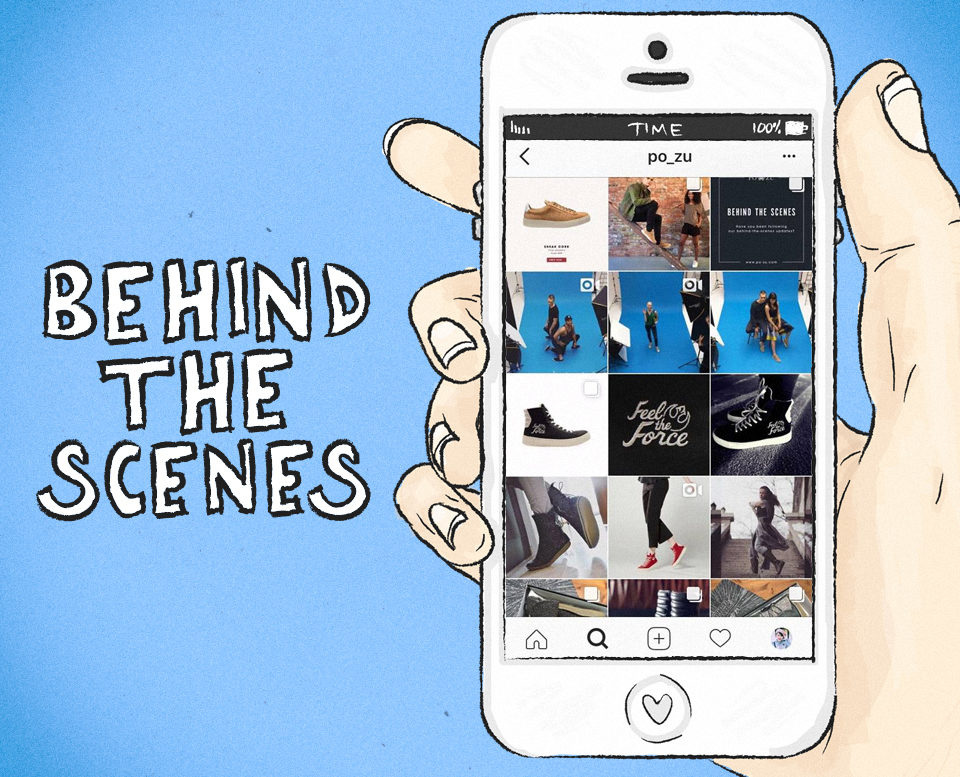
@KNOWTHEORIGIN // @PO_ZU // @GOODNEWSLONDON // @GSTARRAW
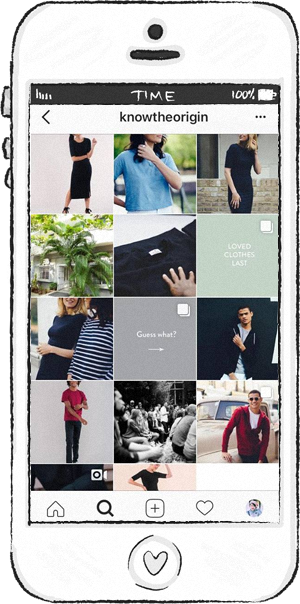 Learn more about where your clothes come from…
Learn more about where your clothes come from…
In my opinion, you can trust a brand when they’re openly transparent and by that I mean, more than just sharing their list of suppliers on an interactive map.
A lot of ethically focused brands will share behind the scenes information and stories about where their clothes come from and how they were made, especially on social media. Even if you haven’t ever bought from the brand, it’s one way to understand how what you wear, becomes just that. You end up getting the answer to “Who made my clothes?” before you’ve even asked it.
@knowtheorigin‘s Instagram is a great example of this. They often share information about their travels to their garment factories as well as videos and photos to go alongside it. Know The Origin was essentially built around the idea of transparency so they’re a good place to start if you want to follow a t-shirt from factory to finished product.
@po_zu will forever be a favourite in my mind especially if you like behind the scenes of the photoshoot variety.
Don’t forget, if you want to discover more ethical brands (even if you just want to browse their Instagram feed), my brand directory is a great place to start.
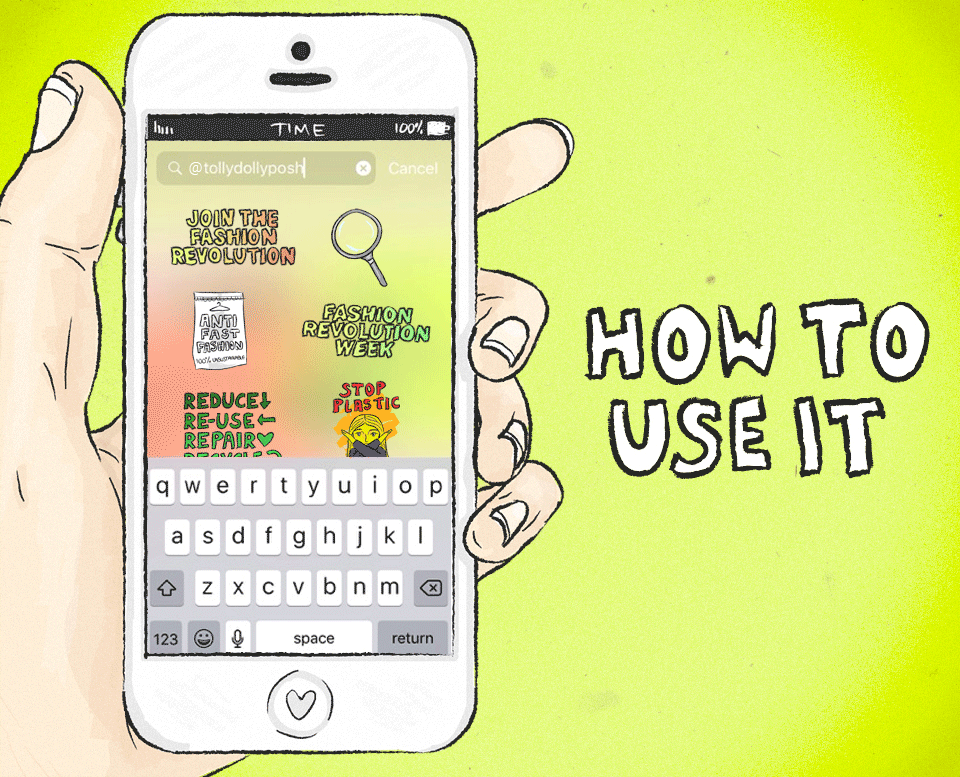
FASHION REVOLUTION X TOLLY DOLLY POSH GIFS
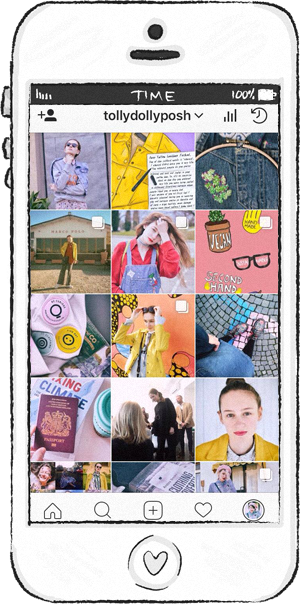 Saving and GIFing…
Saving and GIFing…
Other than following, you can also use Instagram in a variety of other ways to gain inspiration and spread the ethical message further than just your own mobile device.
Saving photos to your Saved Collections can help you decipher the sorts of styles and outfits you’re into. This allows you to work out what looks you’re still appreciating after you’ve double-tapped to give a post a like and scrolled on.
This will help the next time you’re in the mood for shopping or the next time you’re on the hunt for something new, as you’ll be able to work out more easily what might last for a long time in your wardrobe. To save a post (without anyone knowing, don’t worry) click the bookmark flag under a picture.
Making use of Instagram’s new GIPHY GIF feature is something I would advise too. Was this just an excuse to plug my stickers again? I hear you cry? Possibly, possibly. Searching terms such as ‘ethical fashion’ or ‘@tollydollyposh‘ when you’re picking something out for your next Instagram Story, is always a good call.
I can also now announce that I’ve designed a few GIFs for the wonderful @fash_rev, some of which you can see above. I’ll also be releasing a few more in the lead up to Fashion Revolution Week in April, so watch out.
Make sure to give me a follow @tollydollyposh, if you haven’t already.
How do you use Instagram for sustainable inspiration? Who should I be following? Let me know in the comments!







